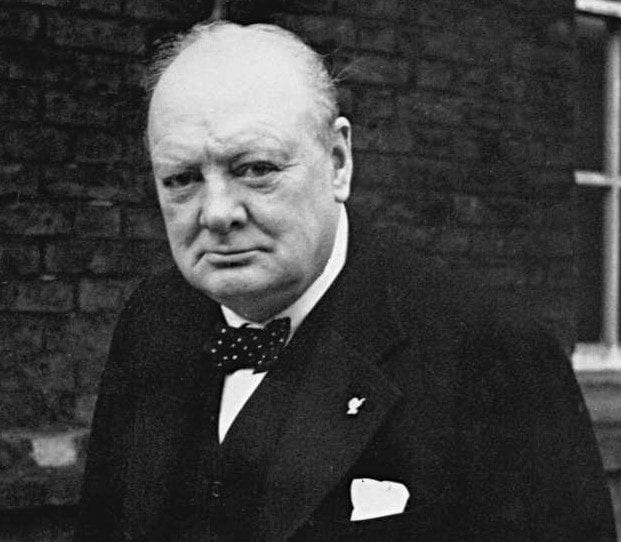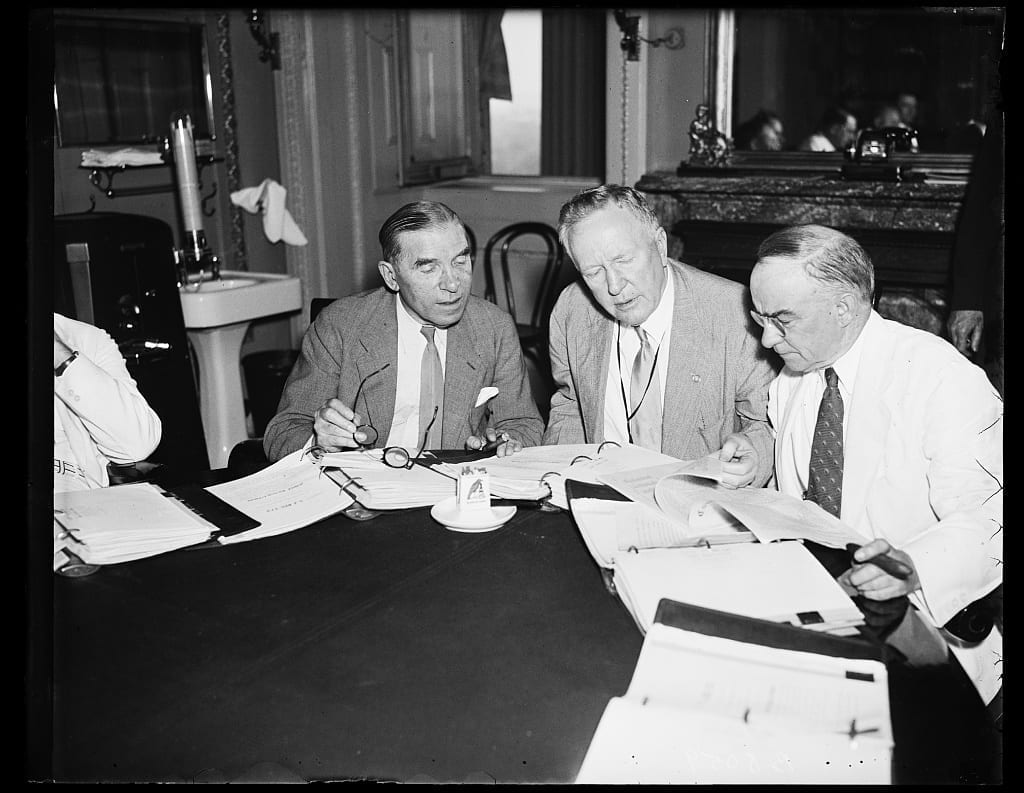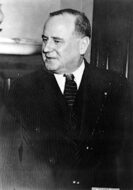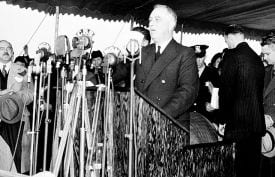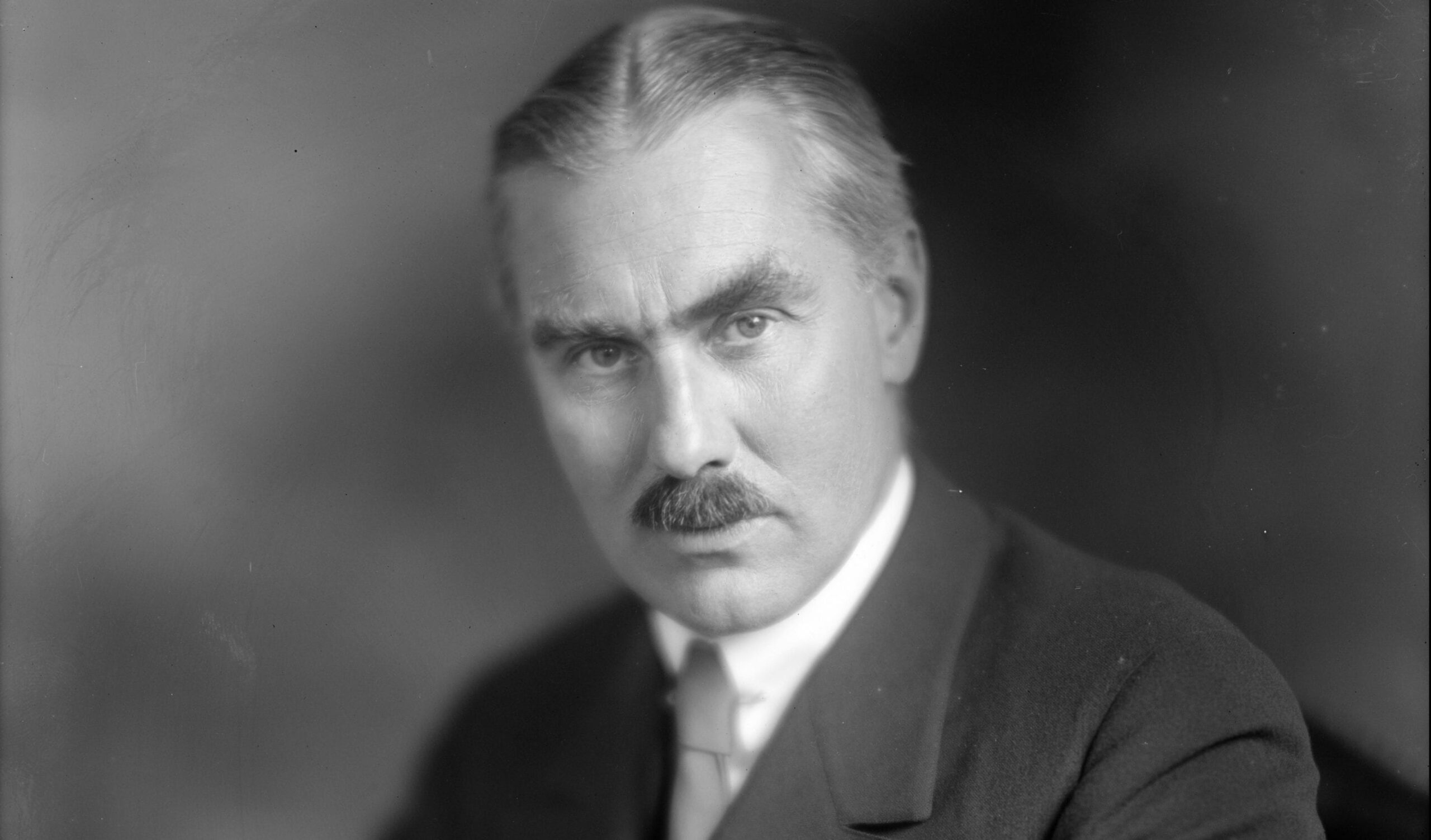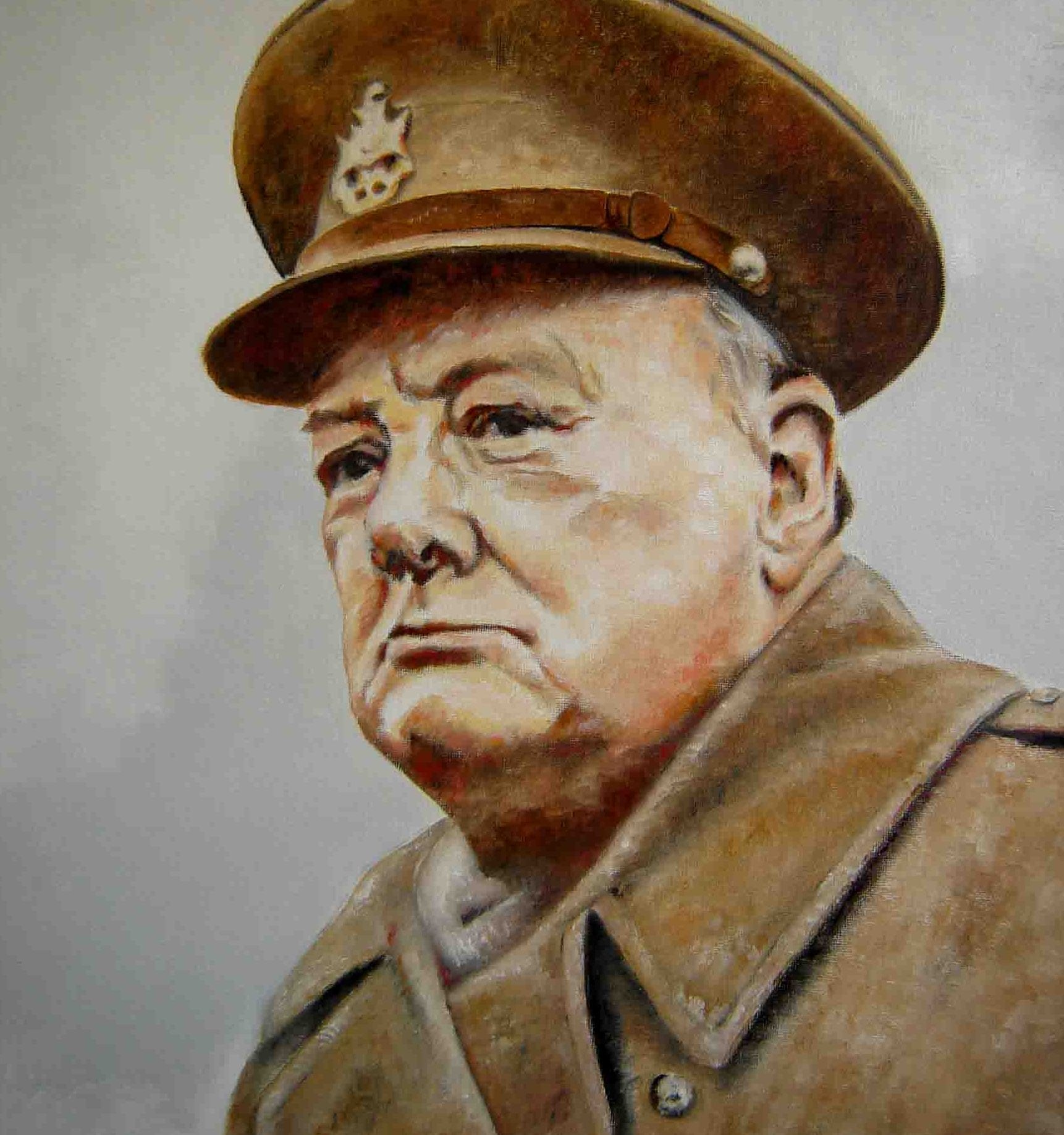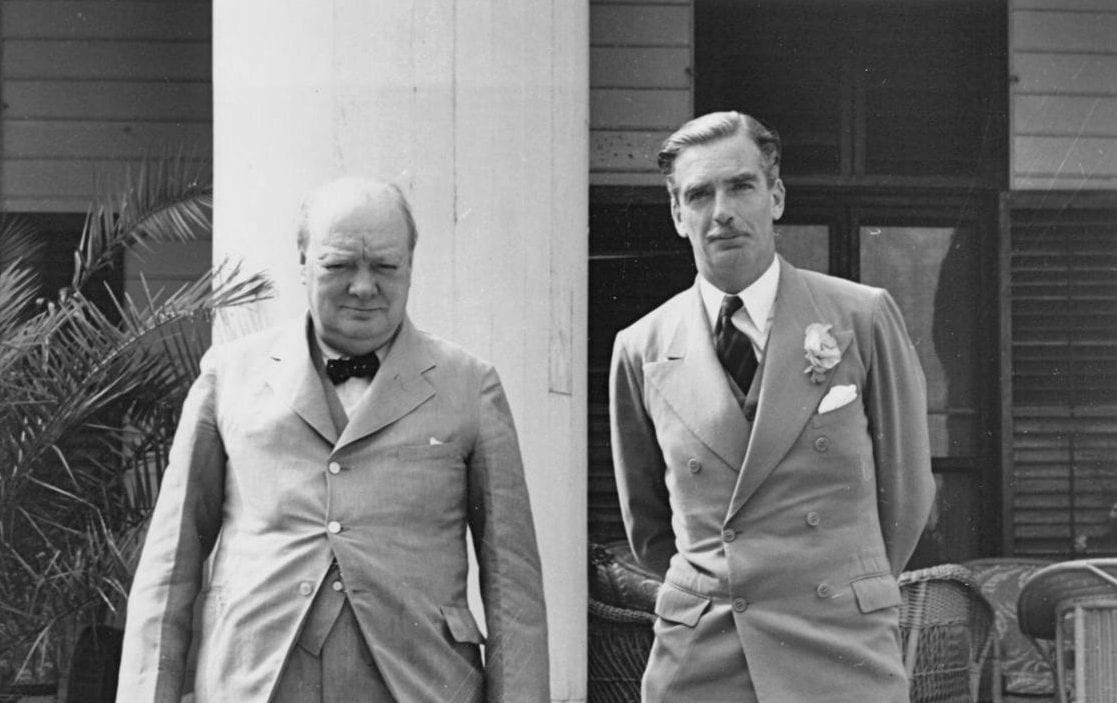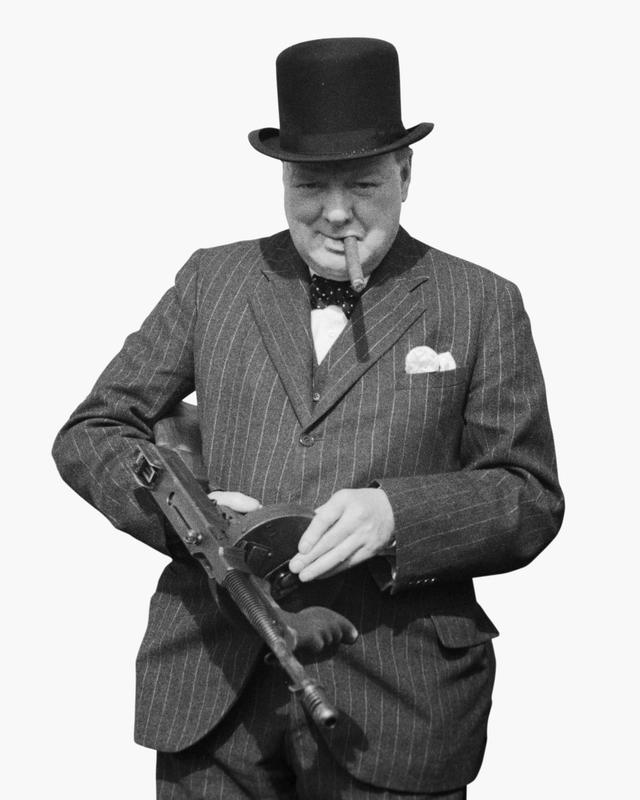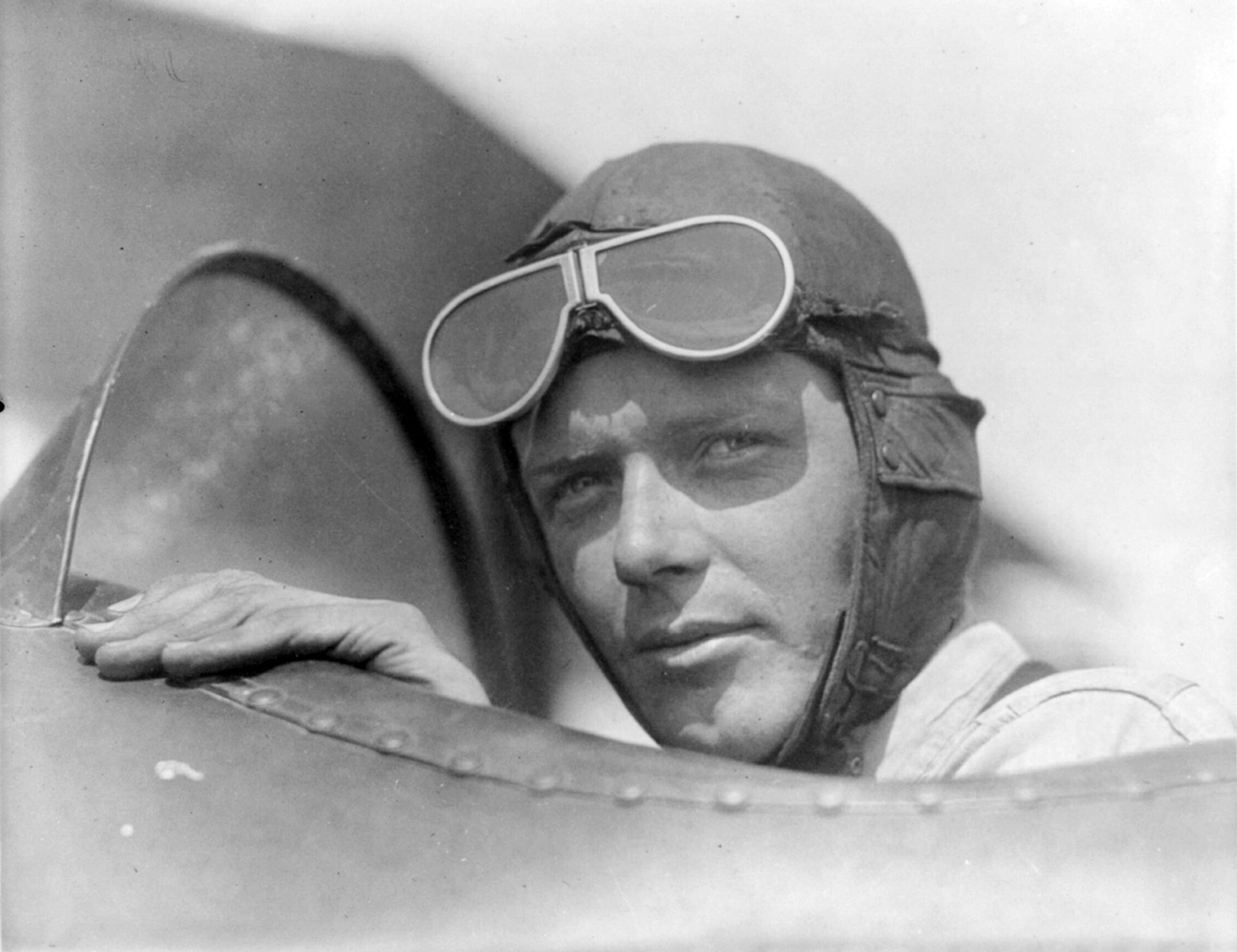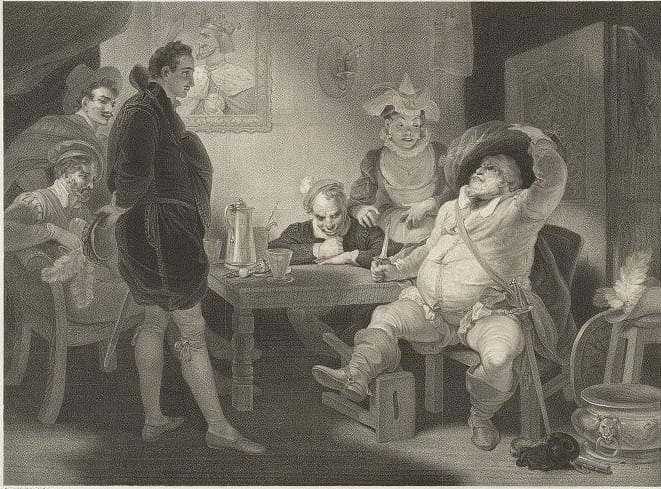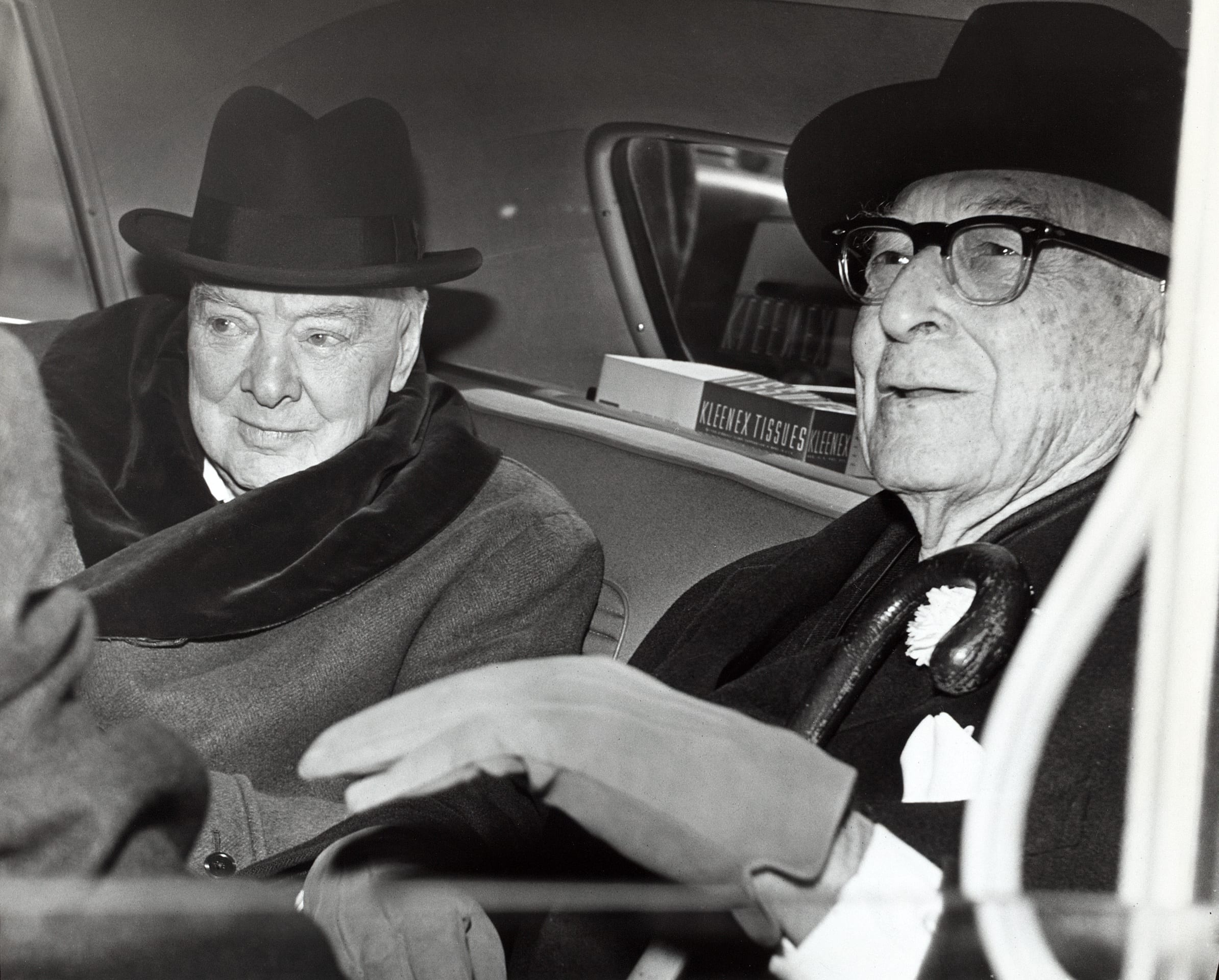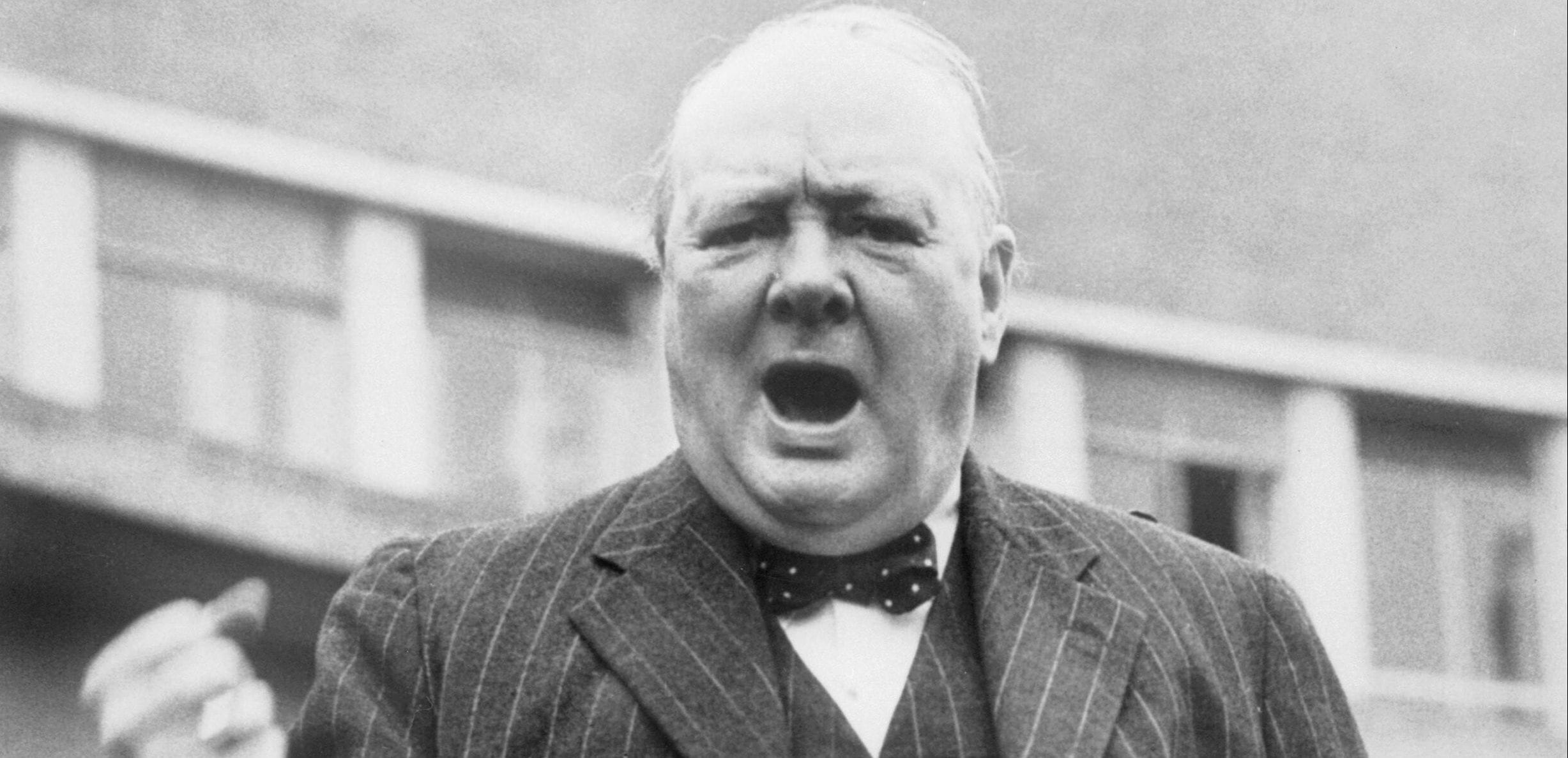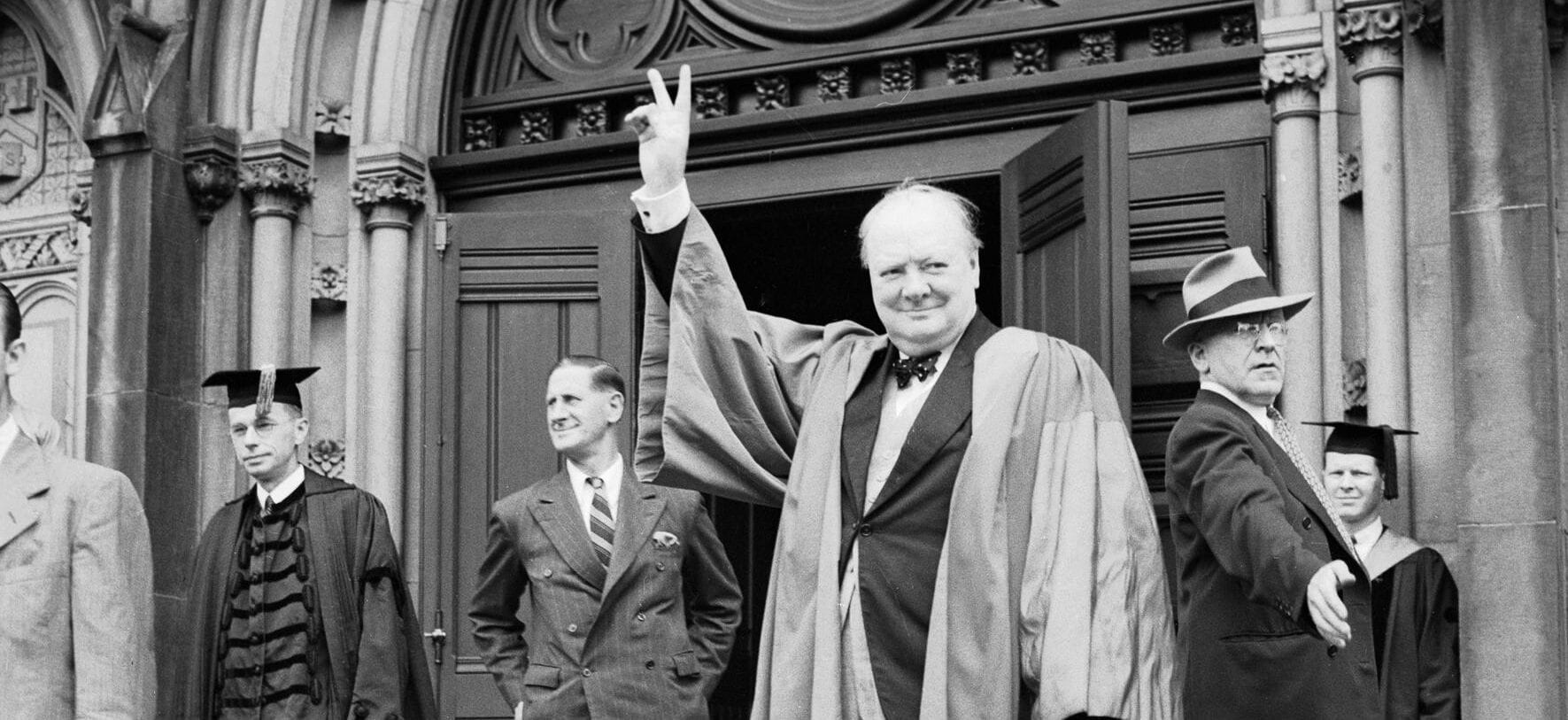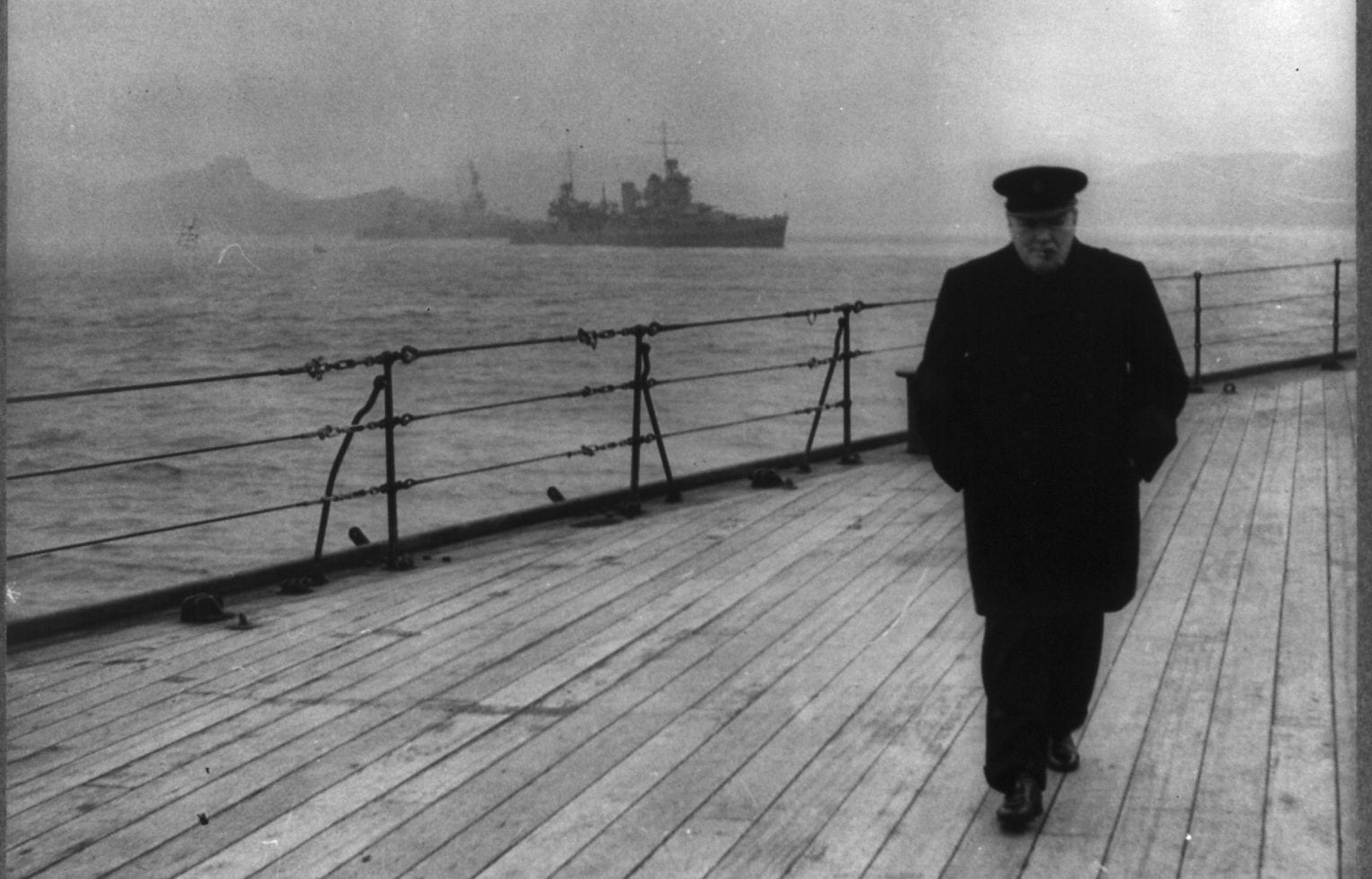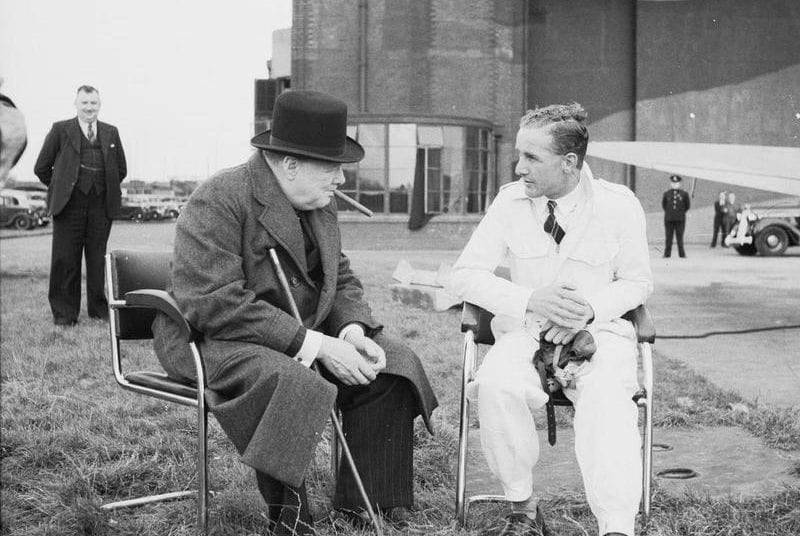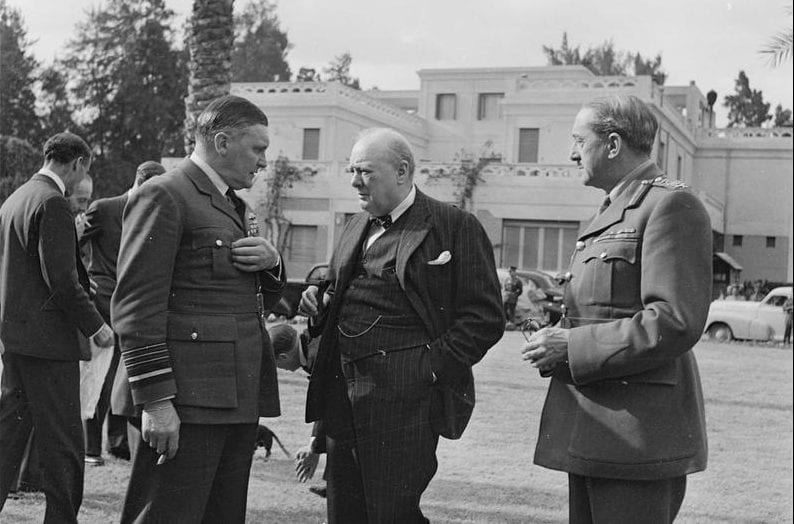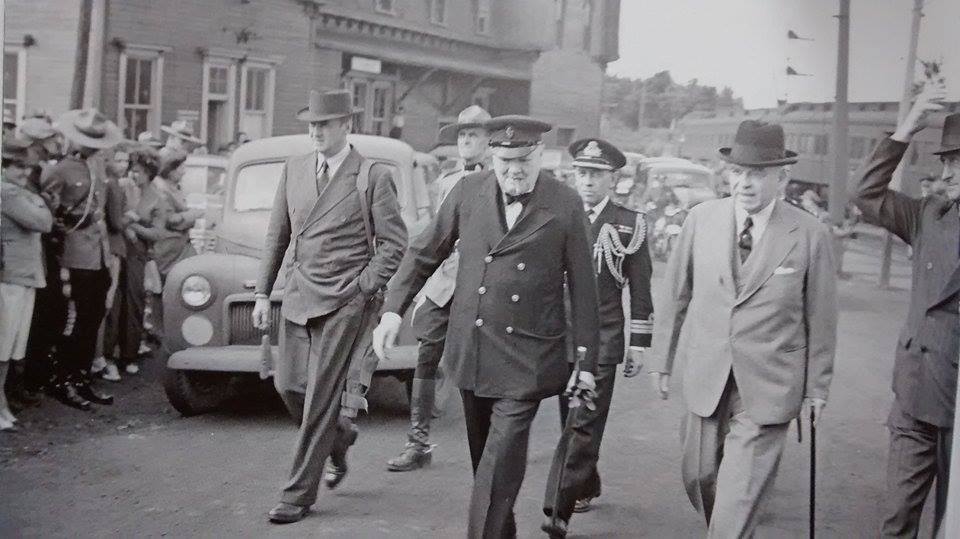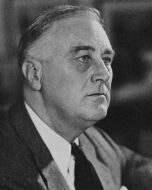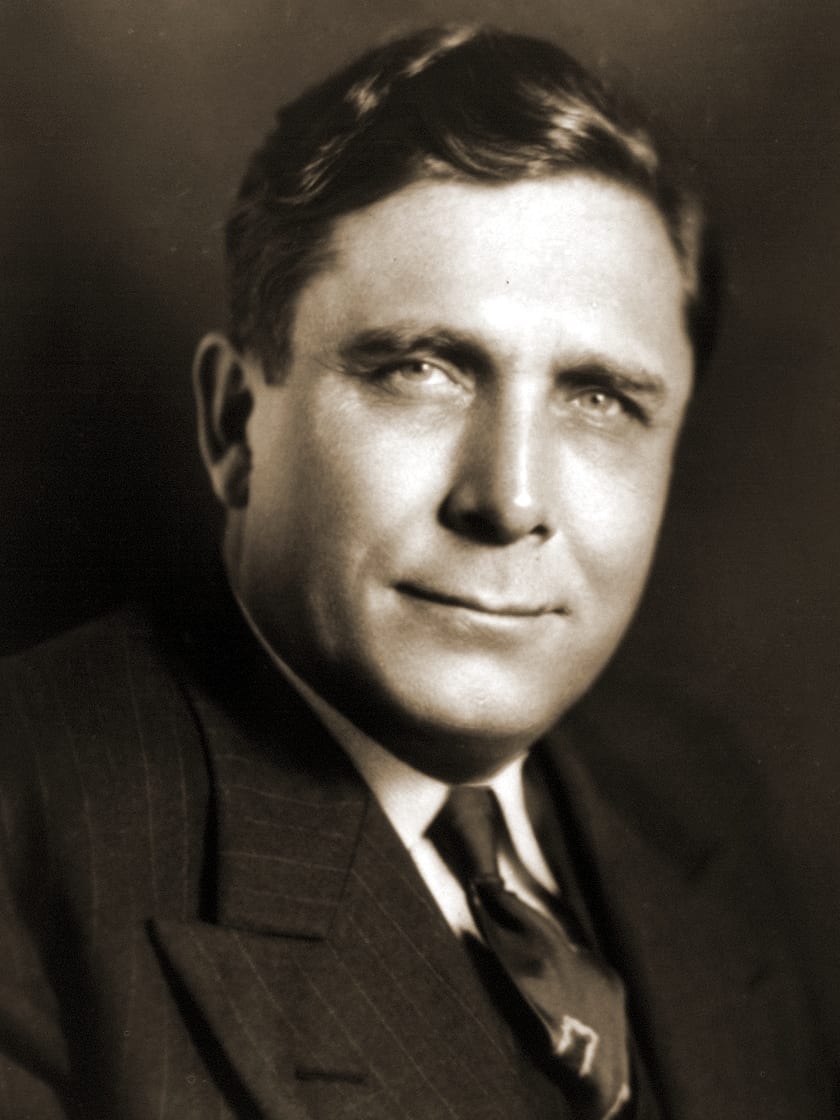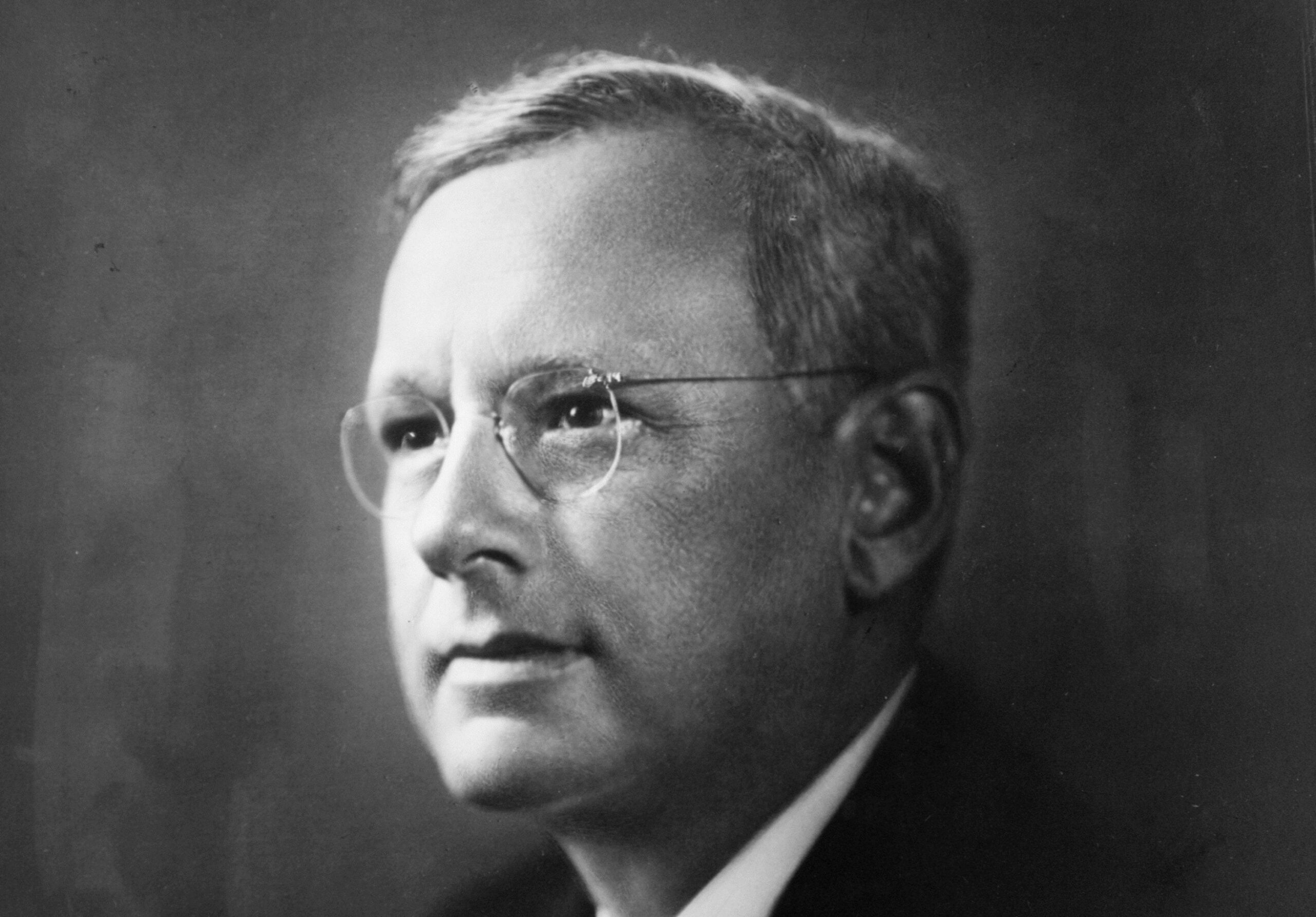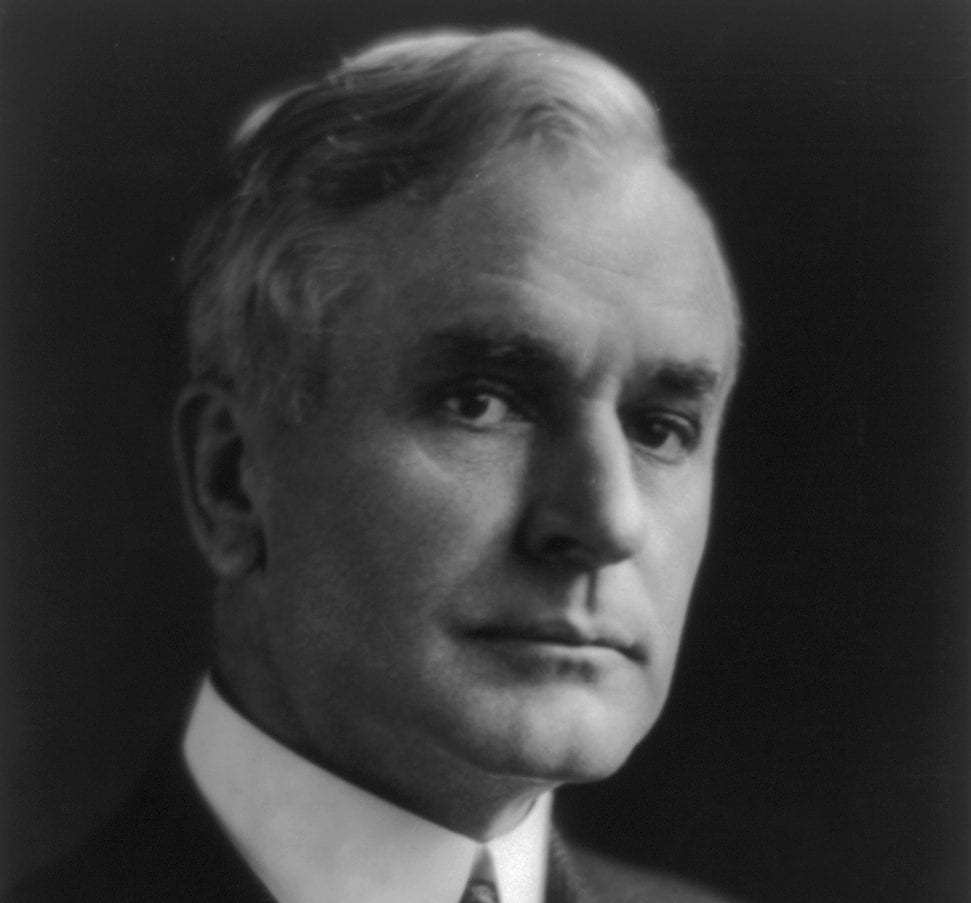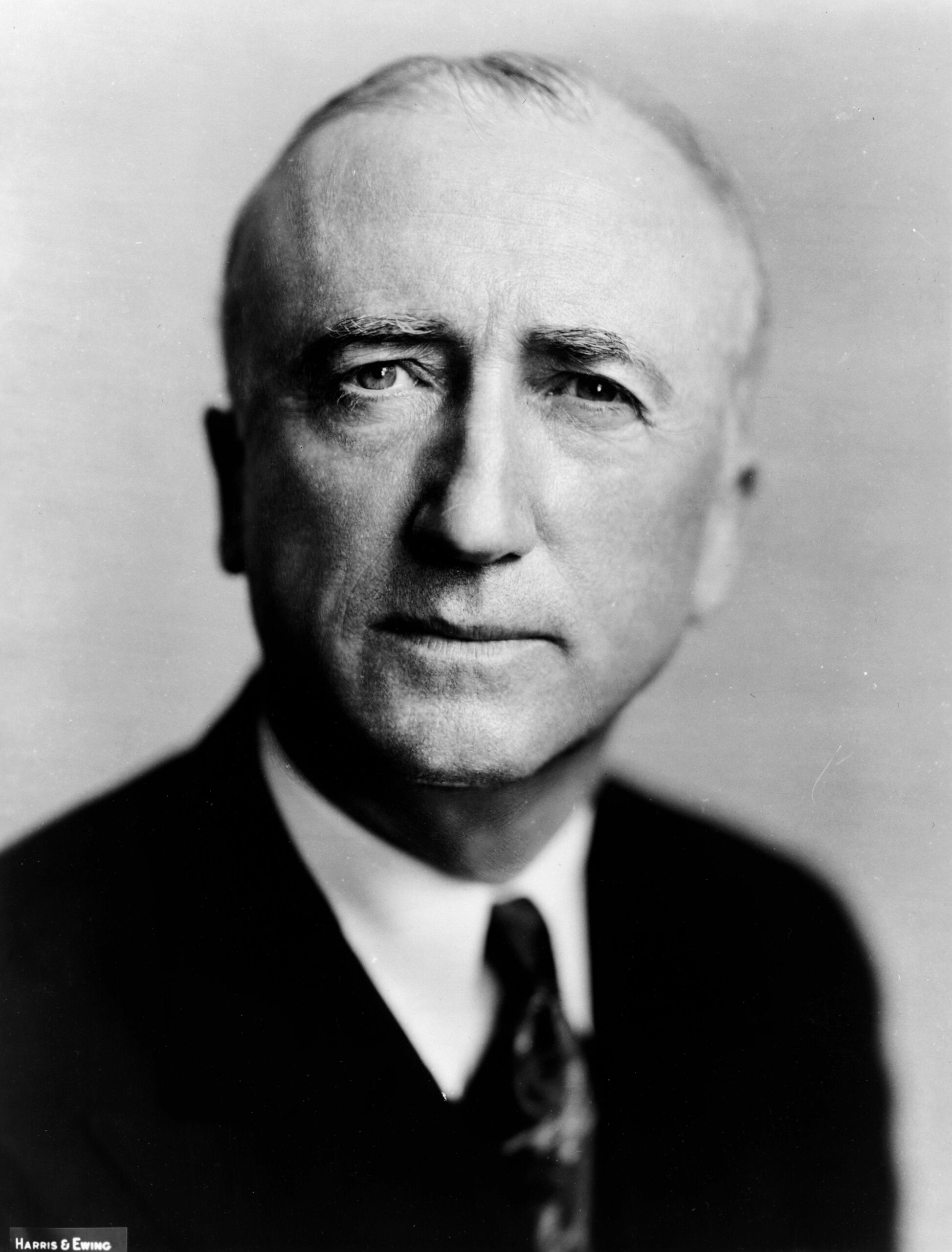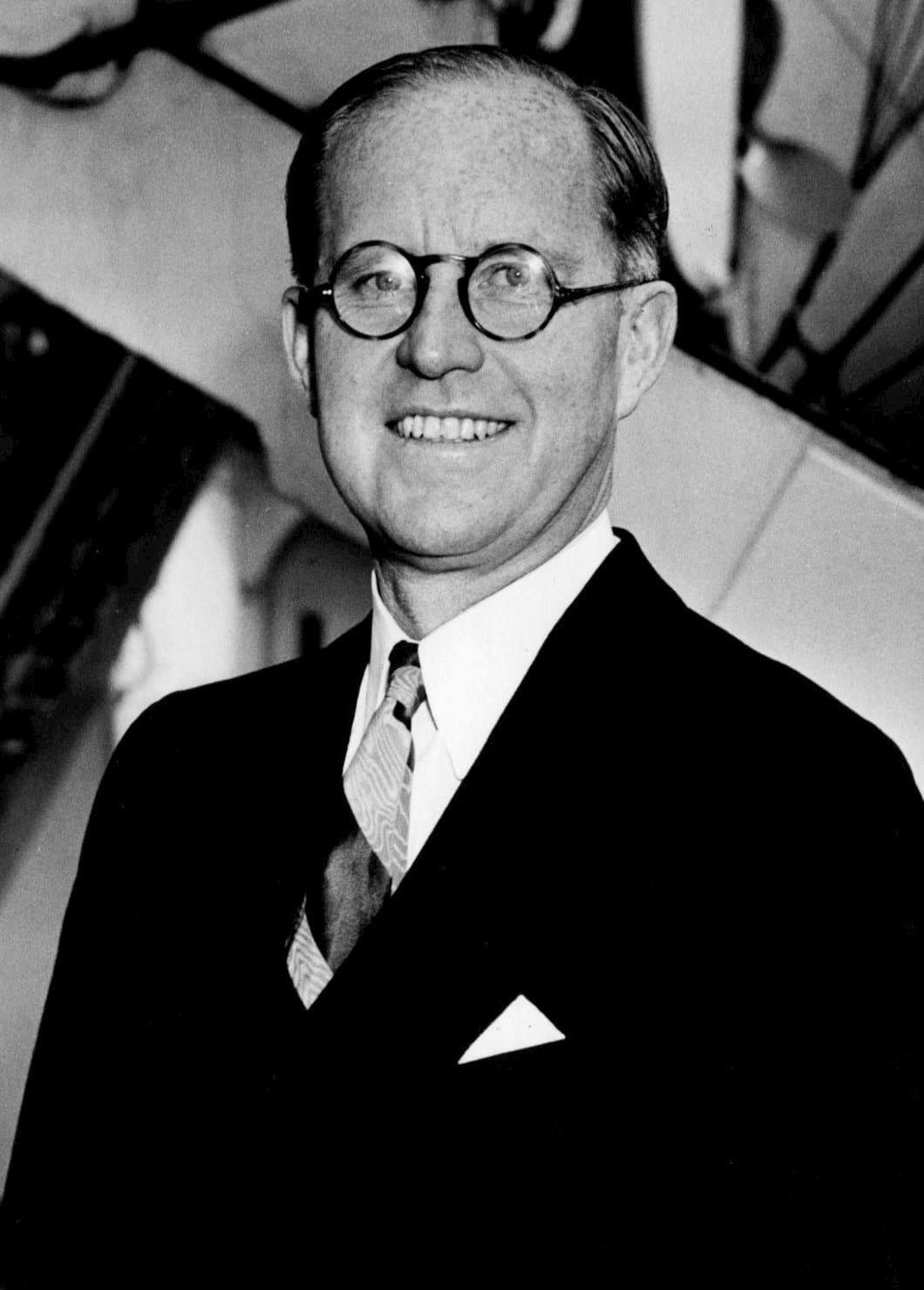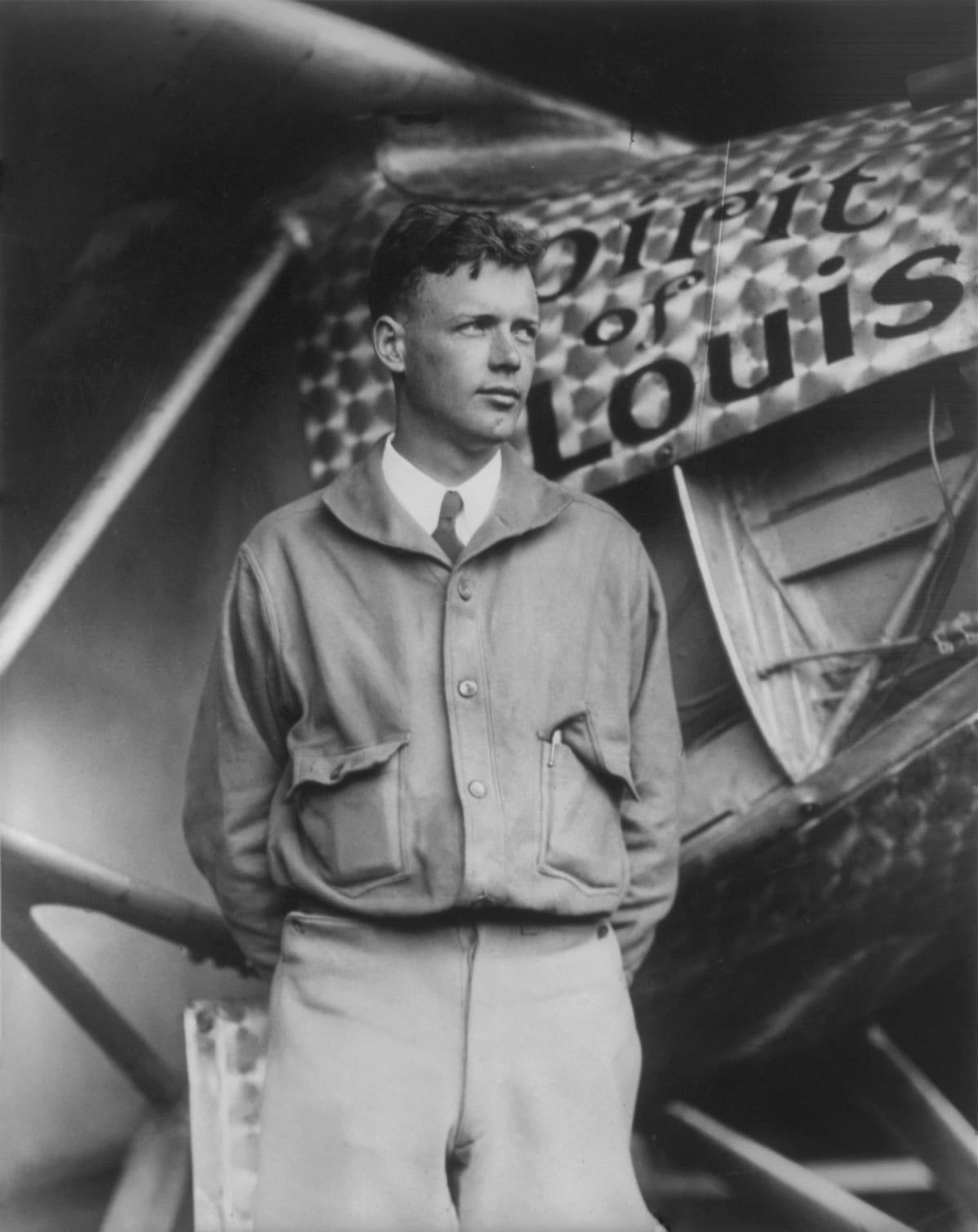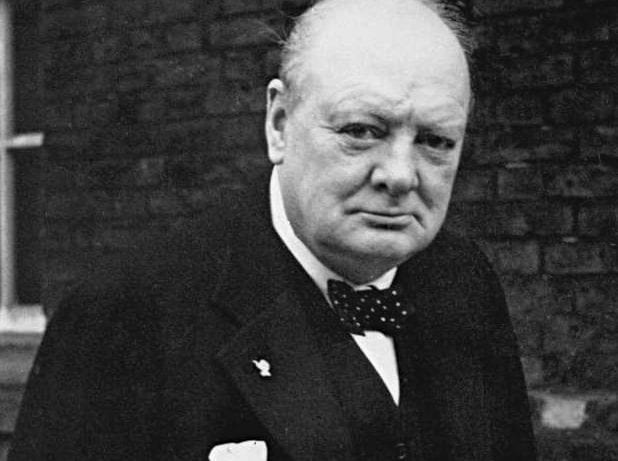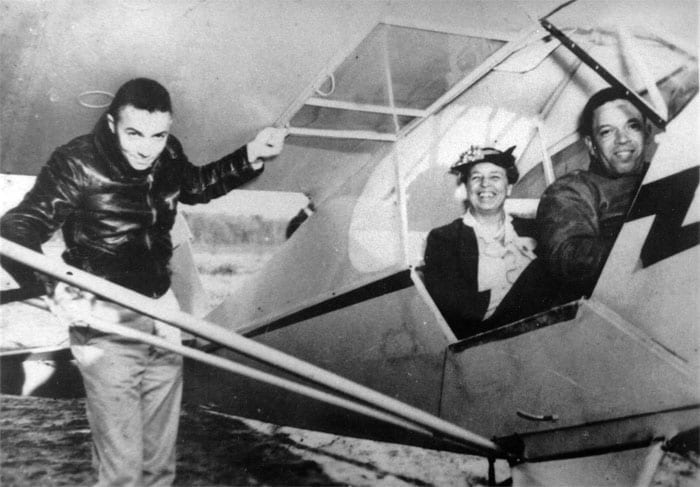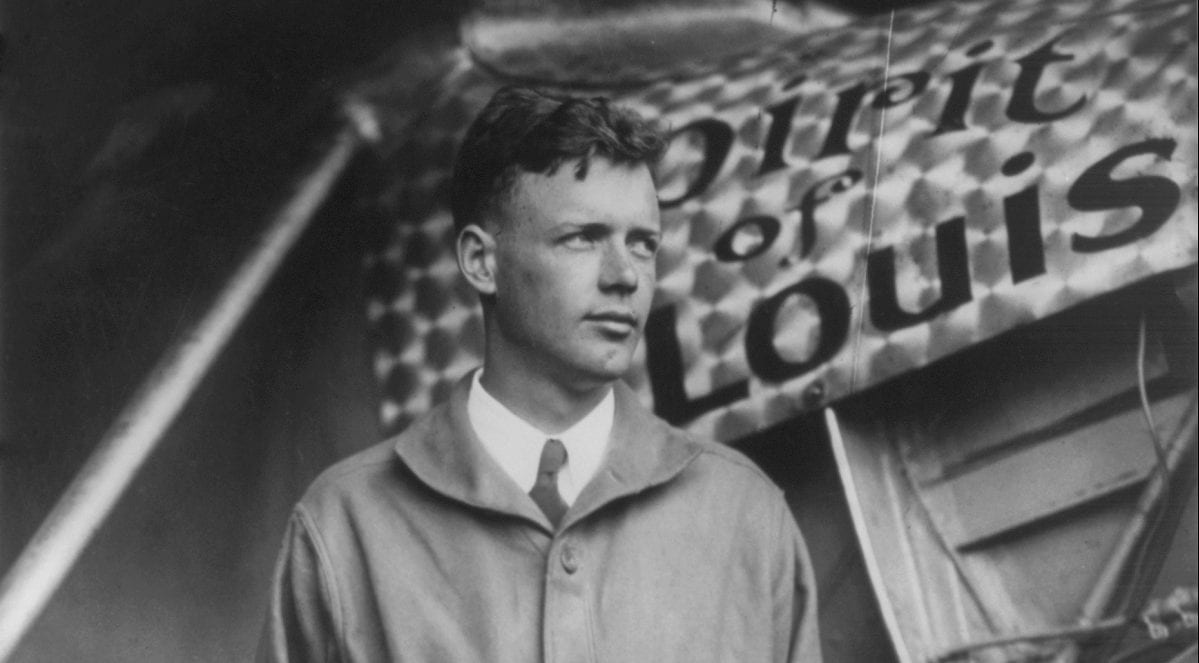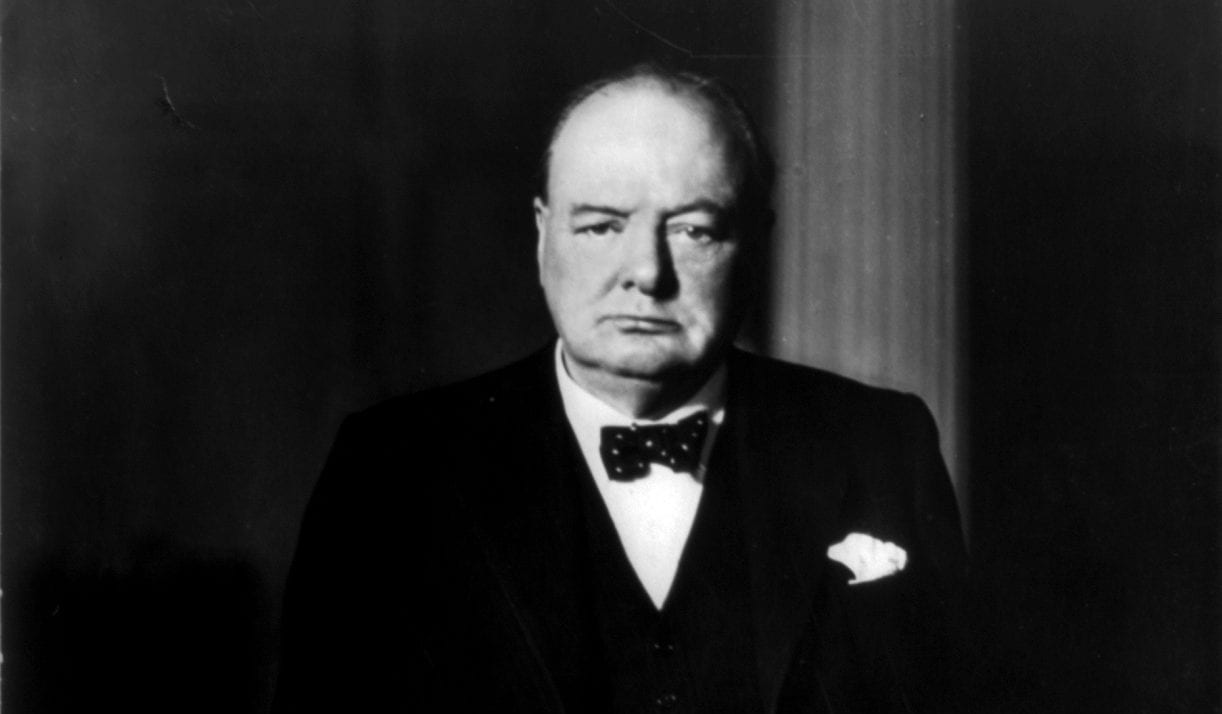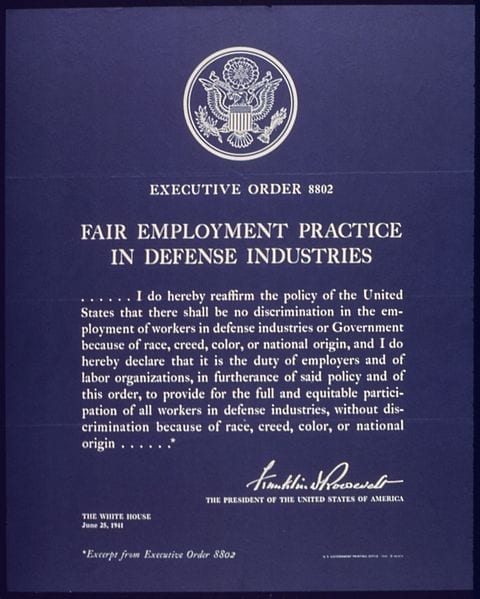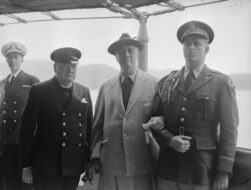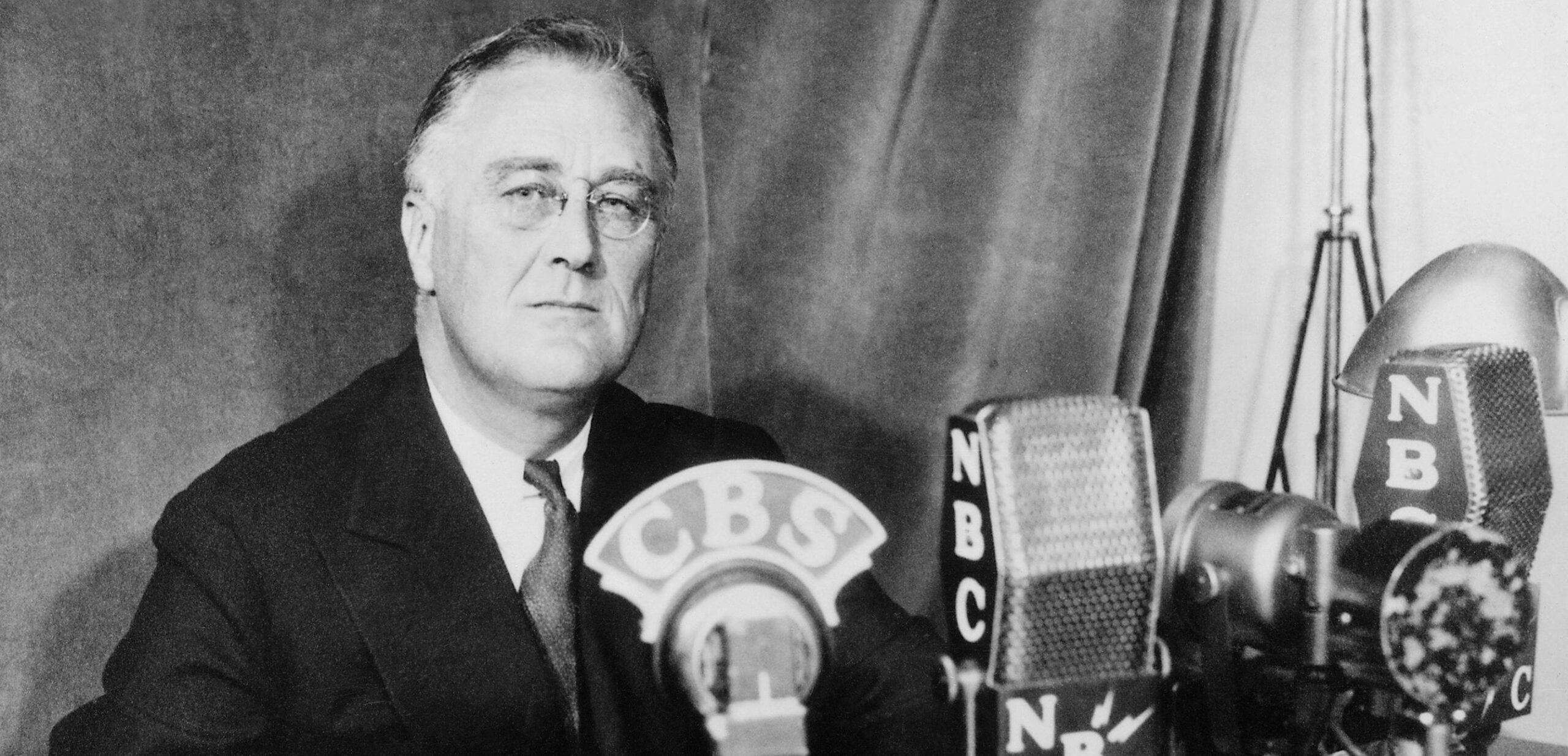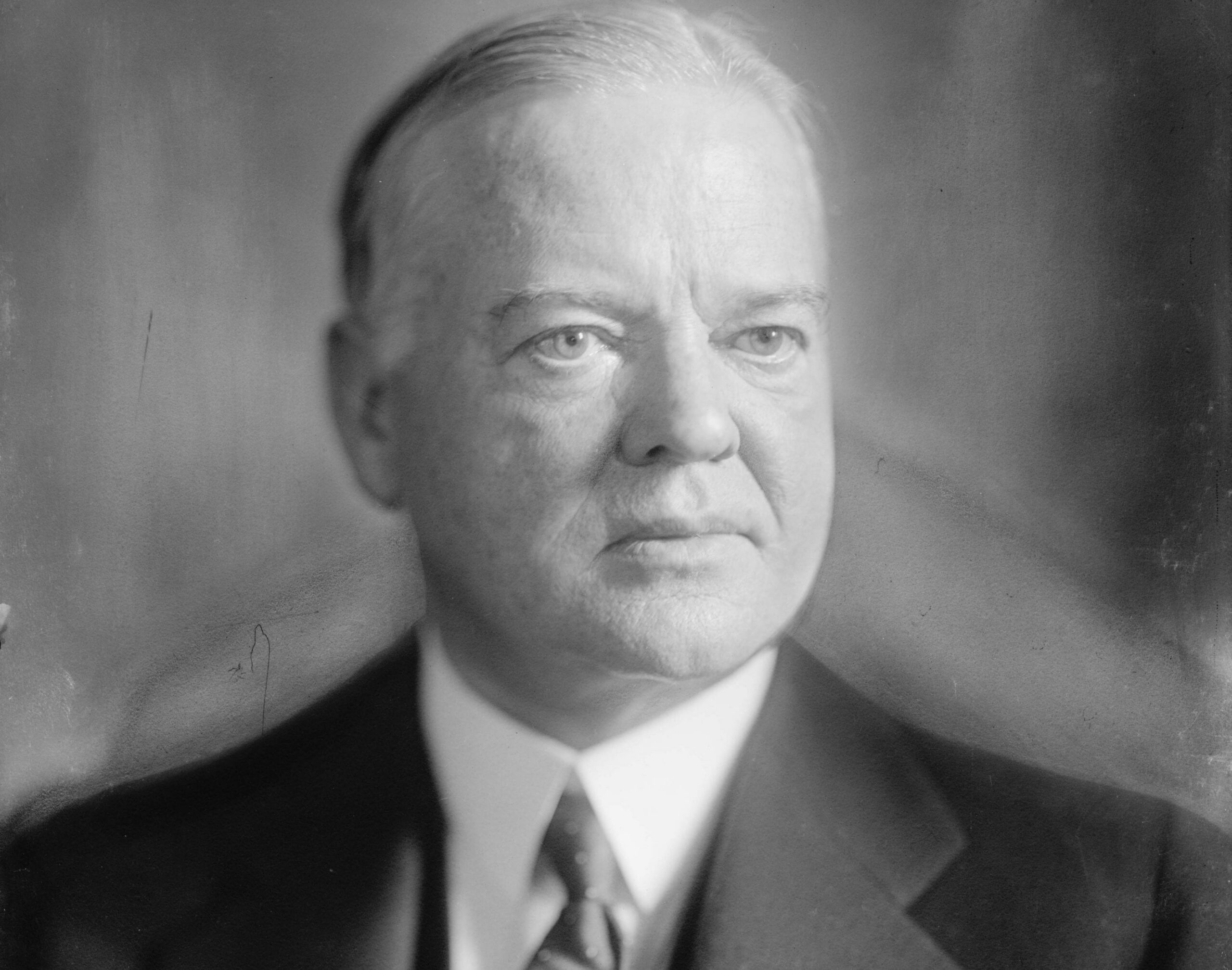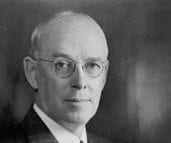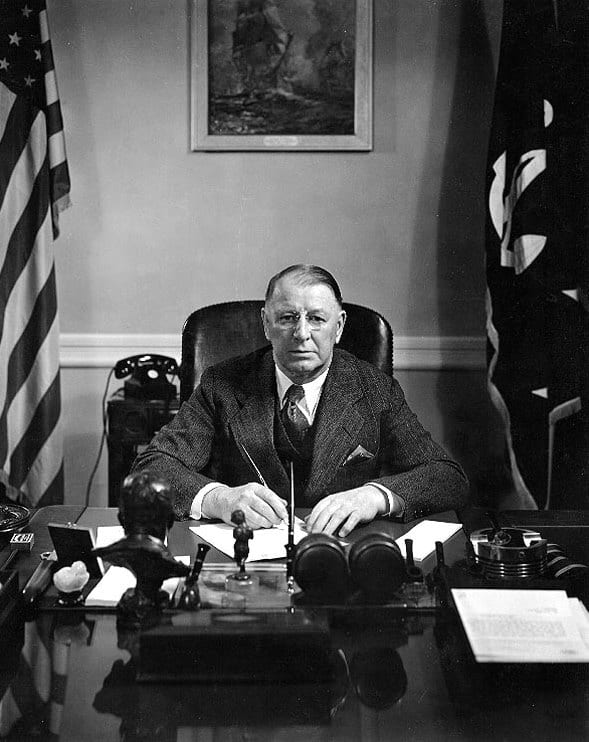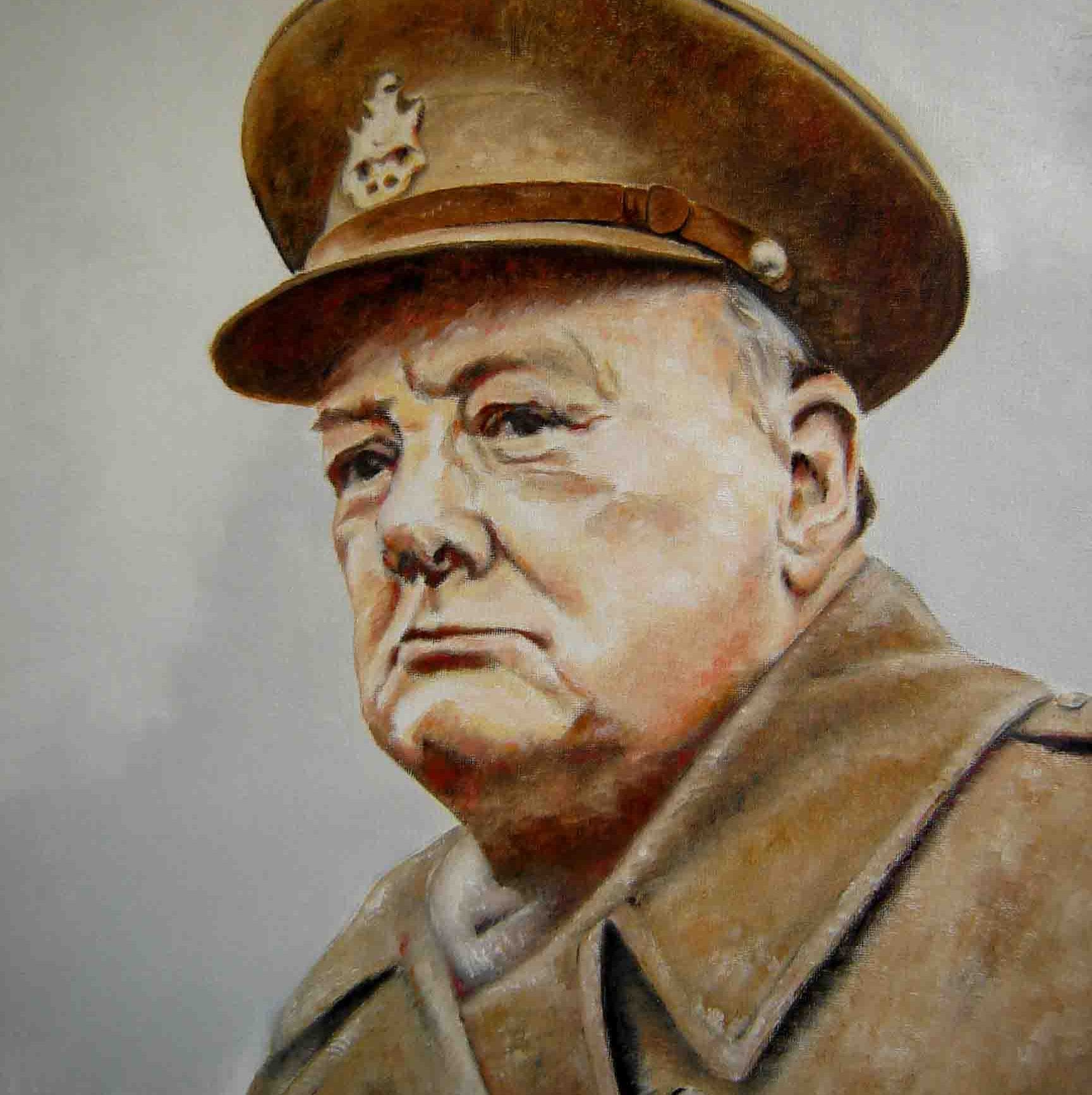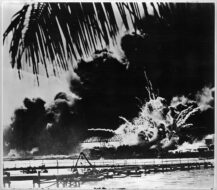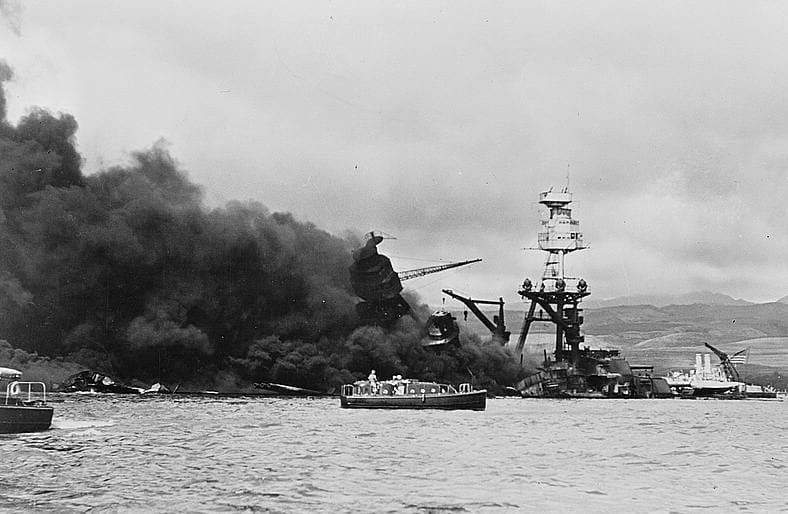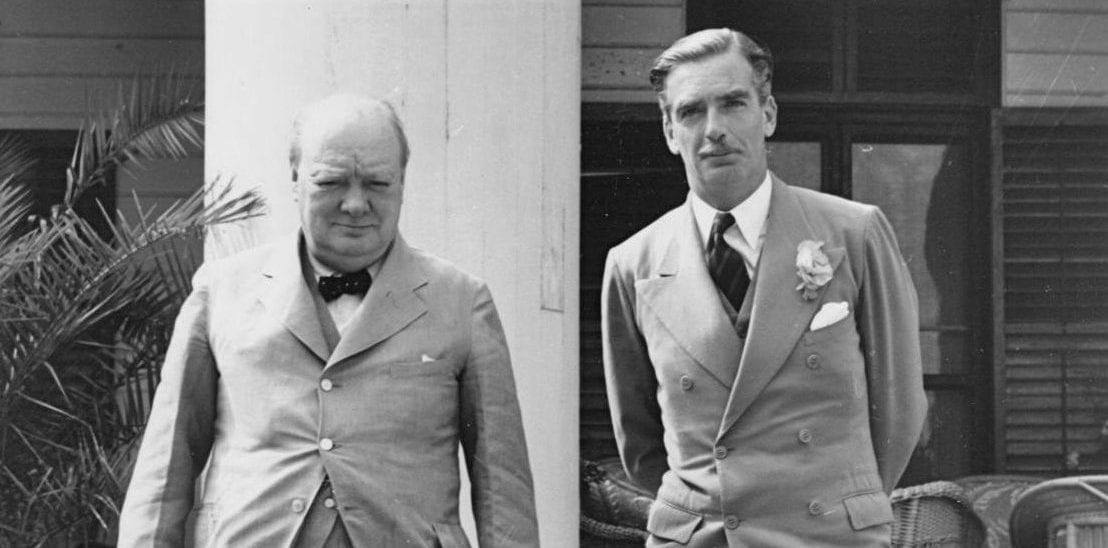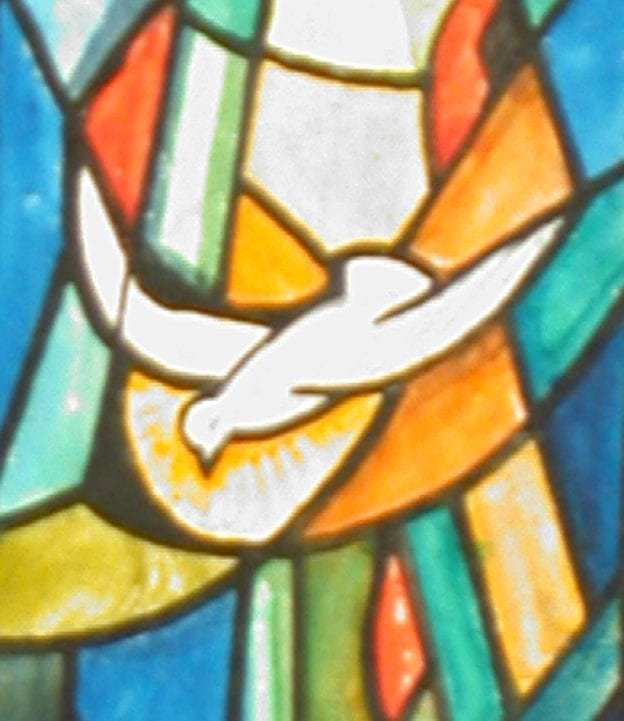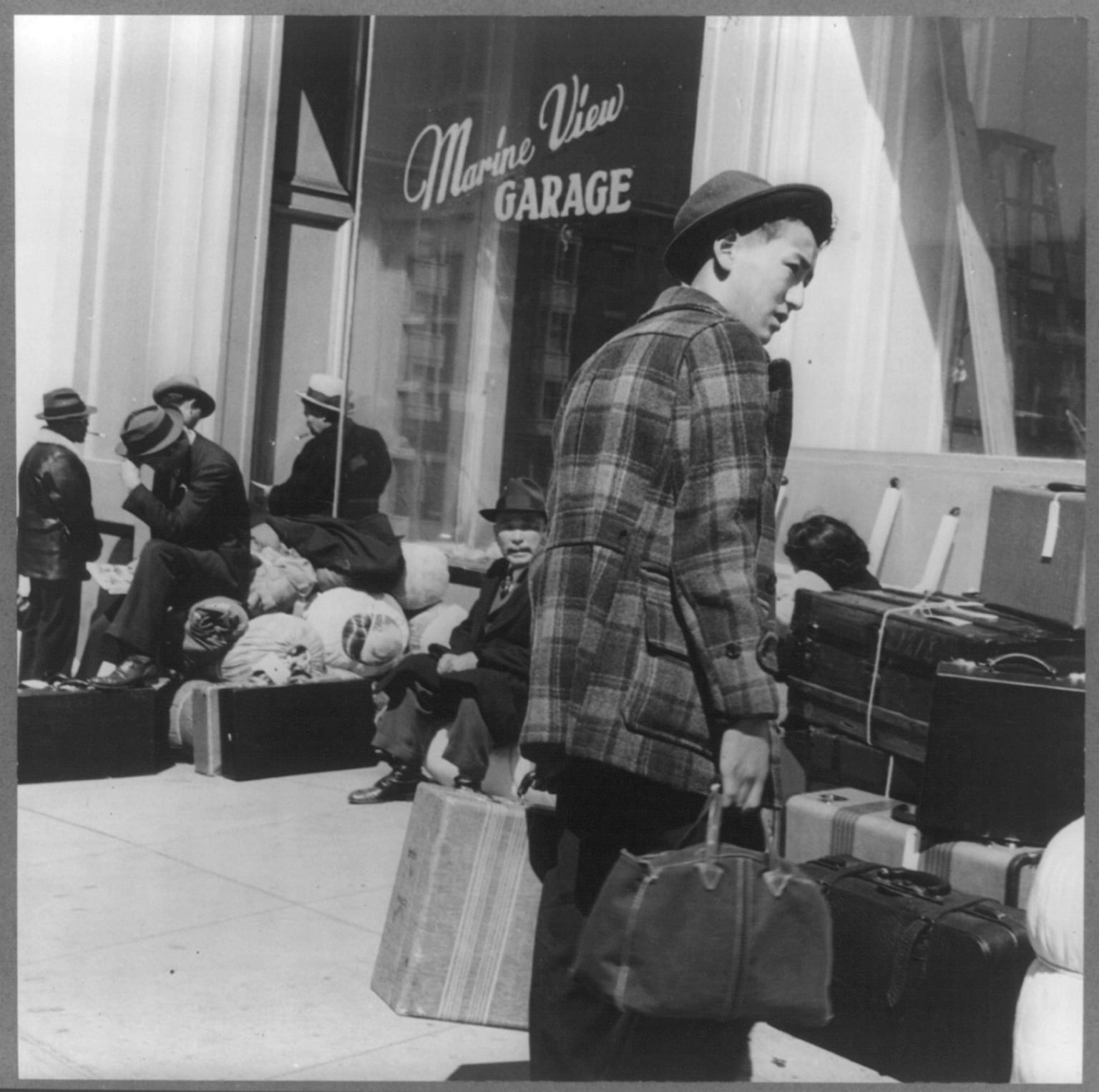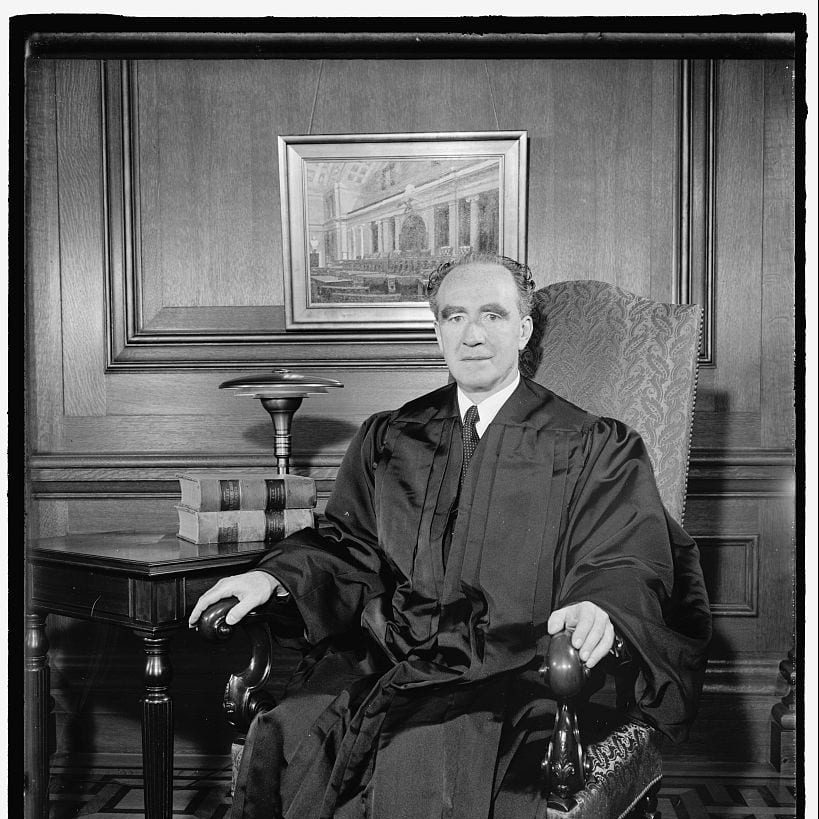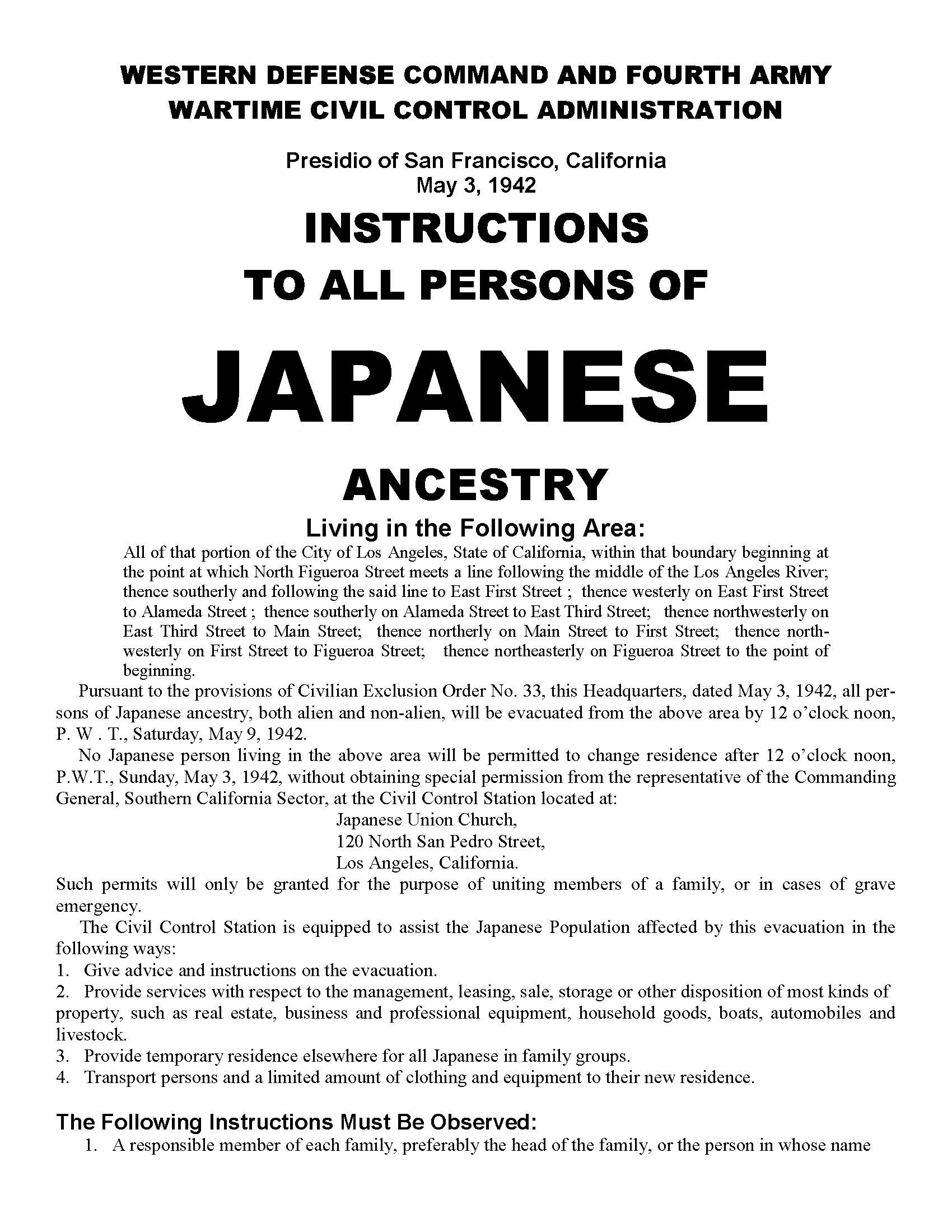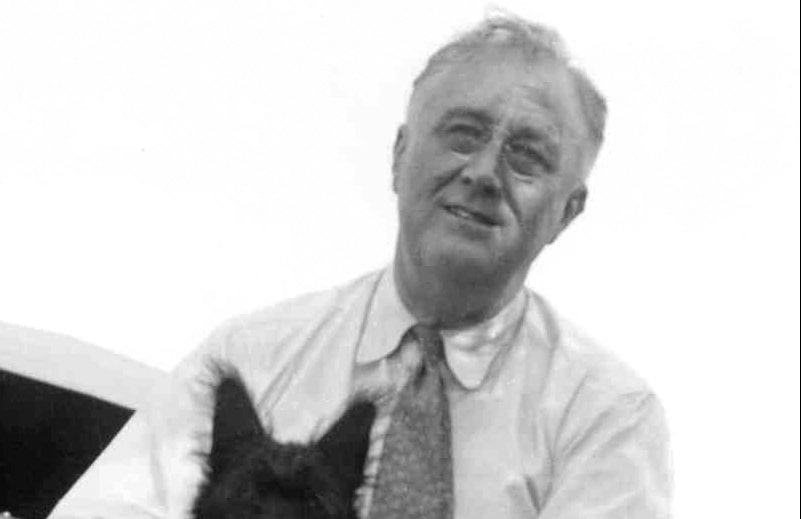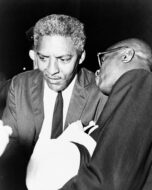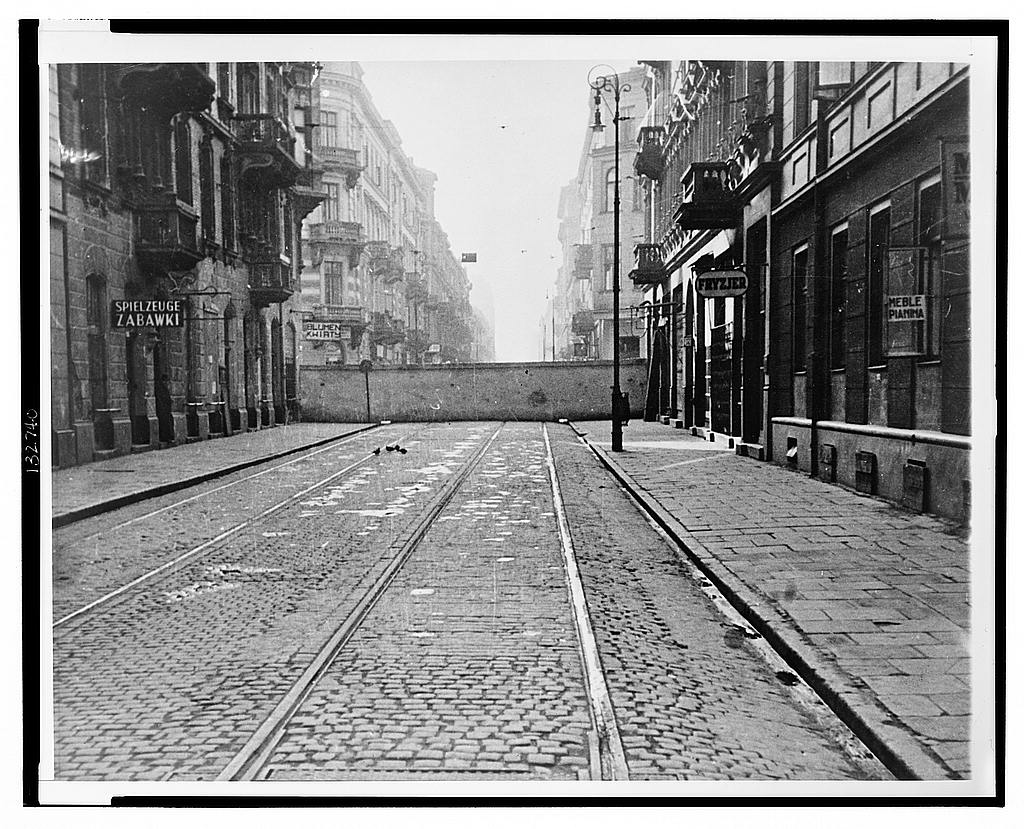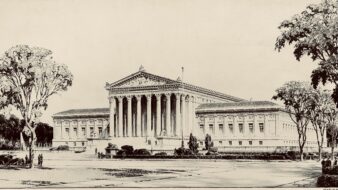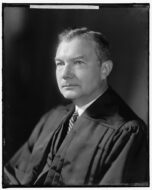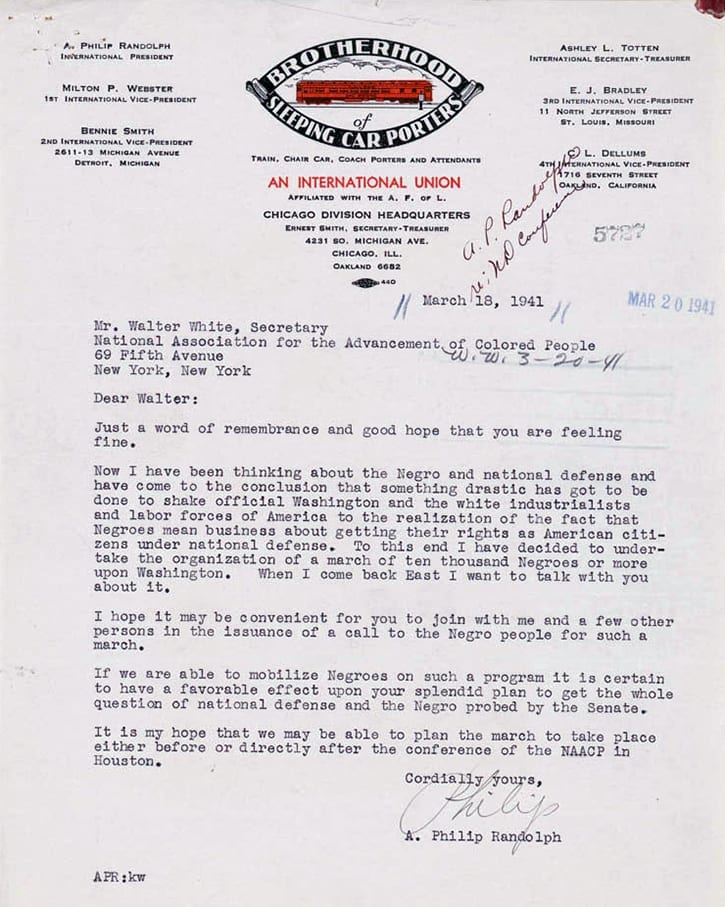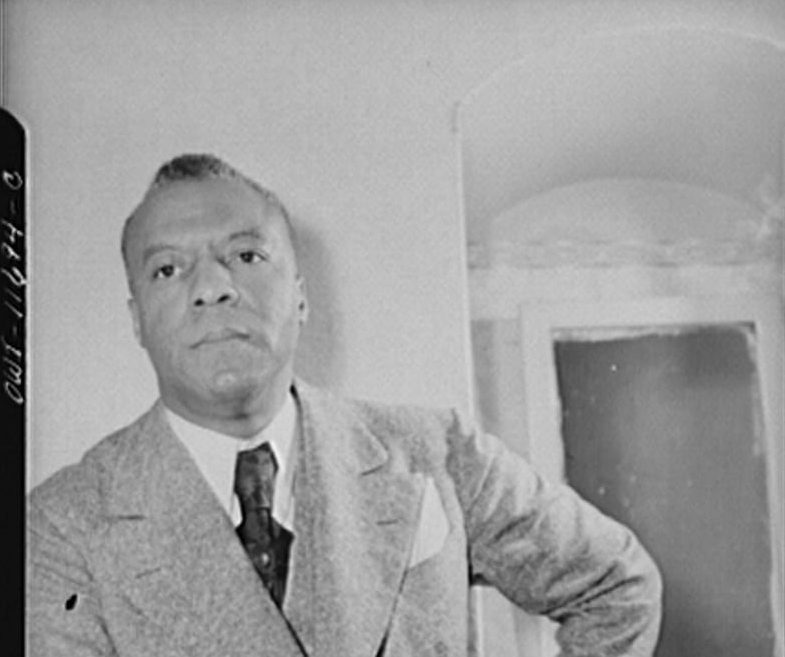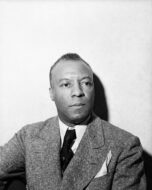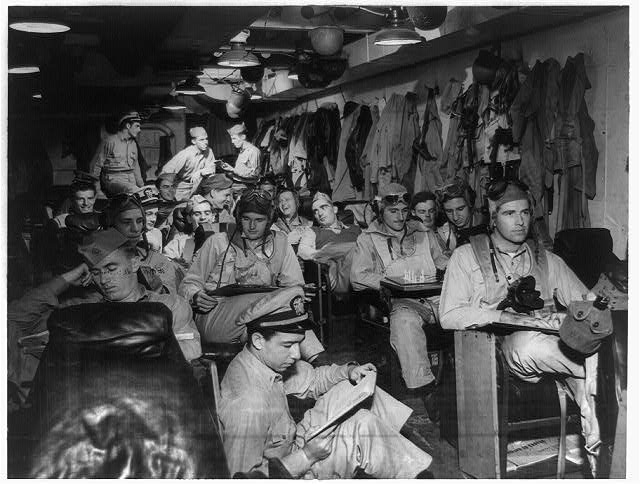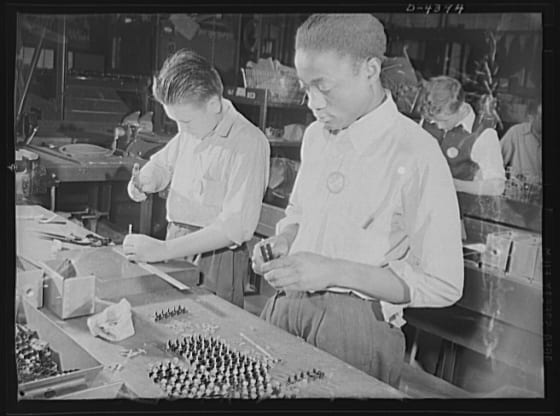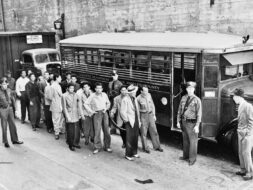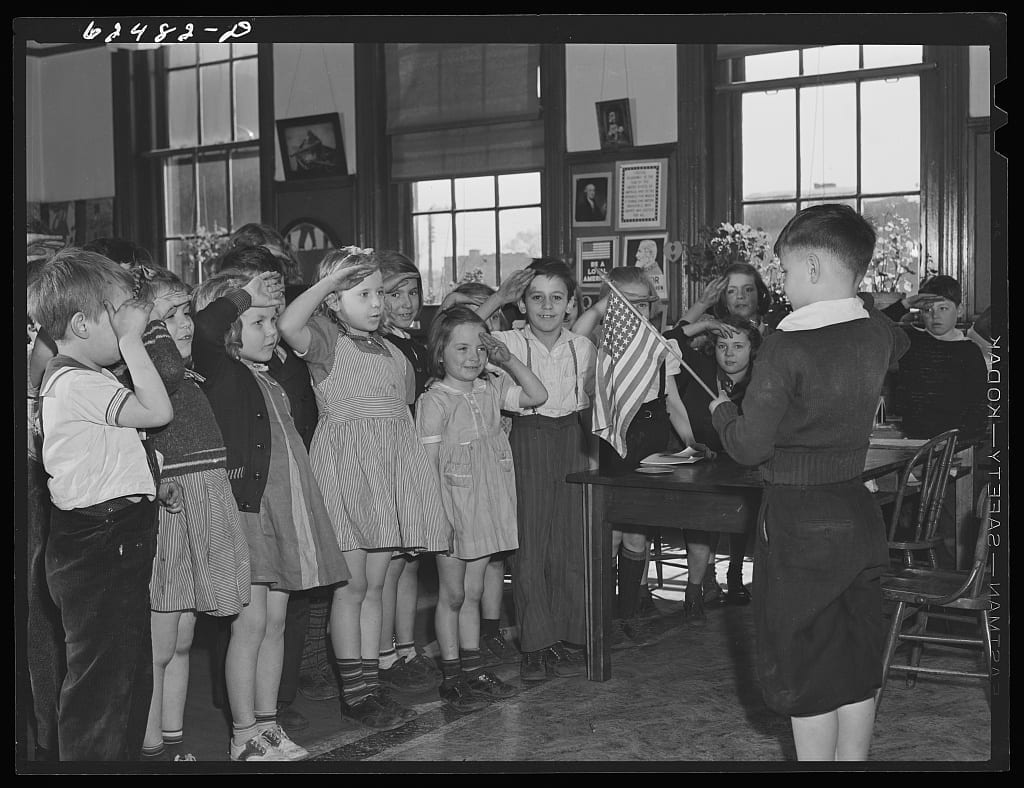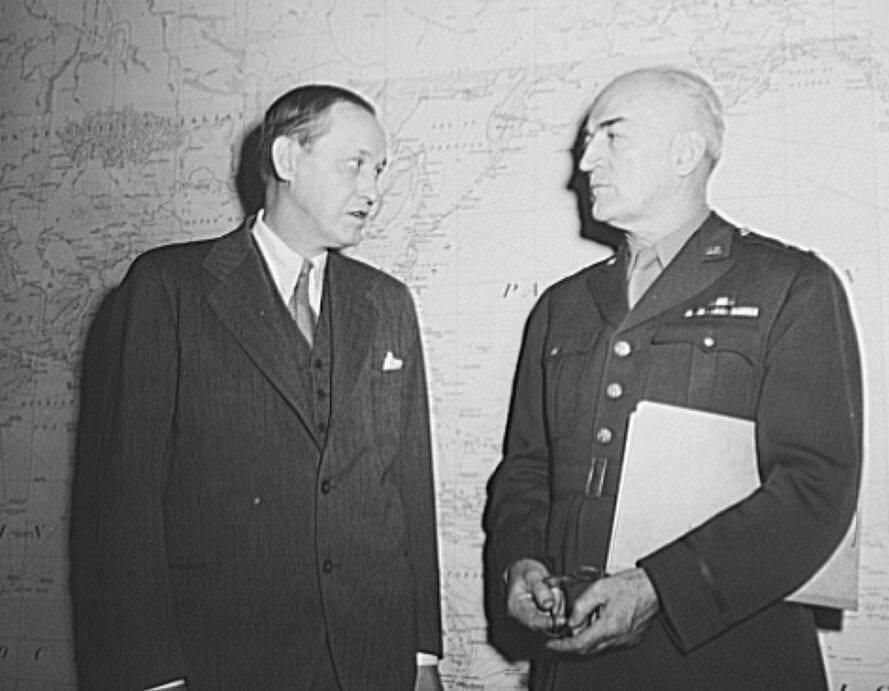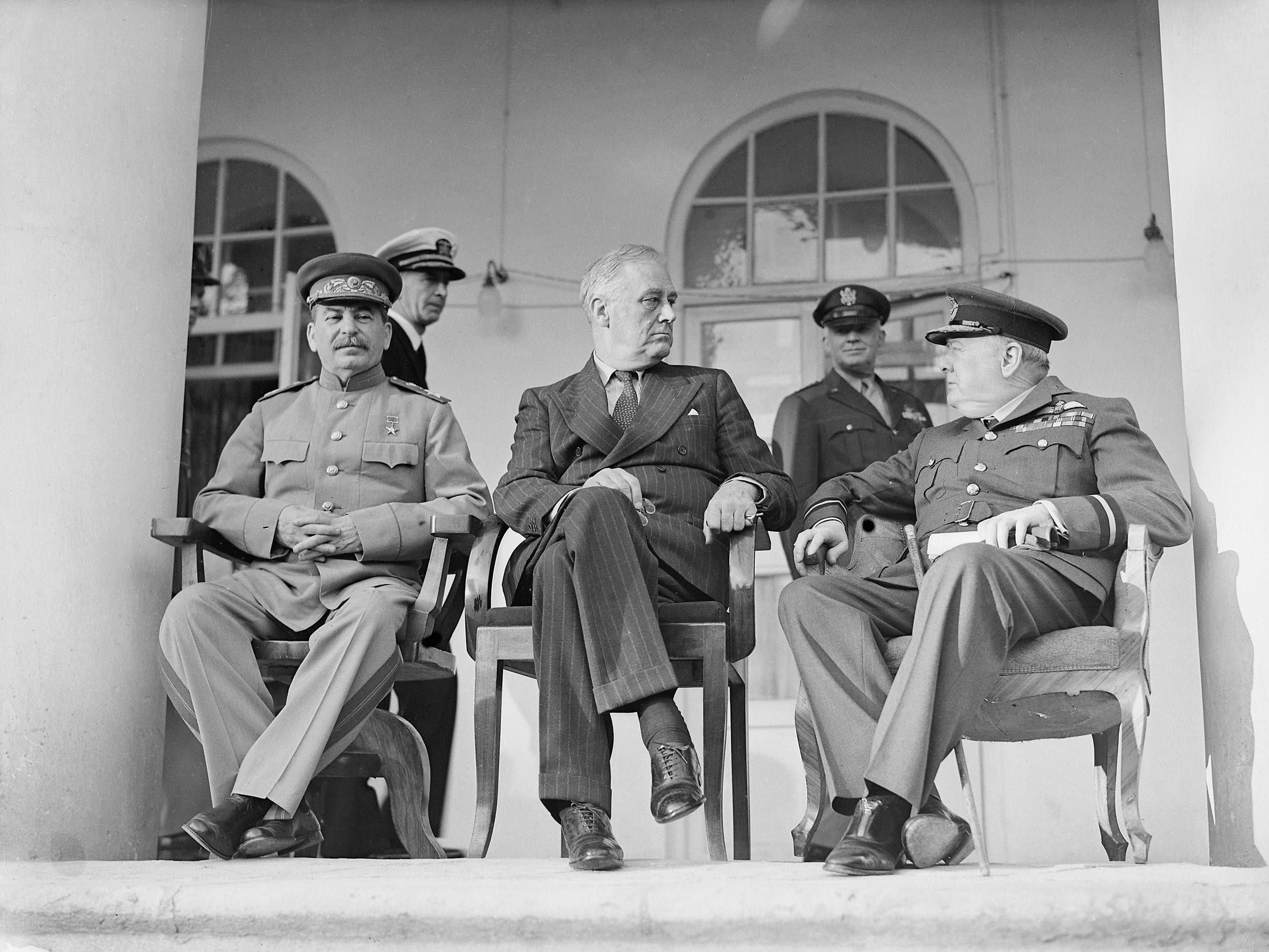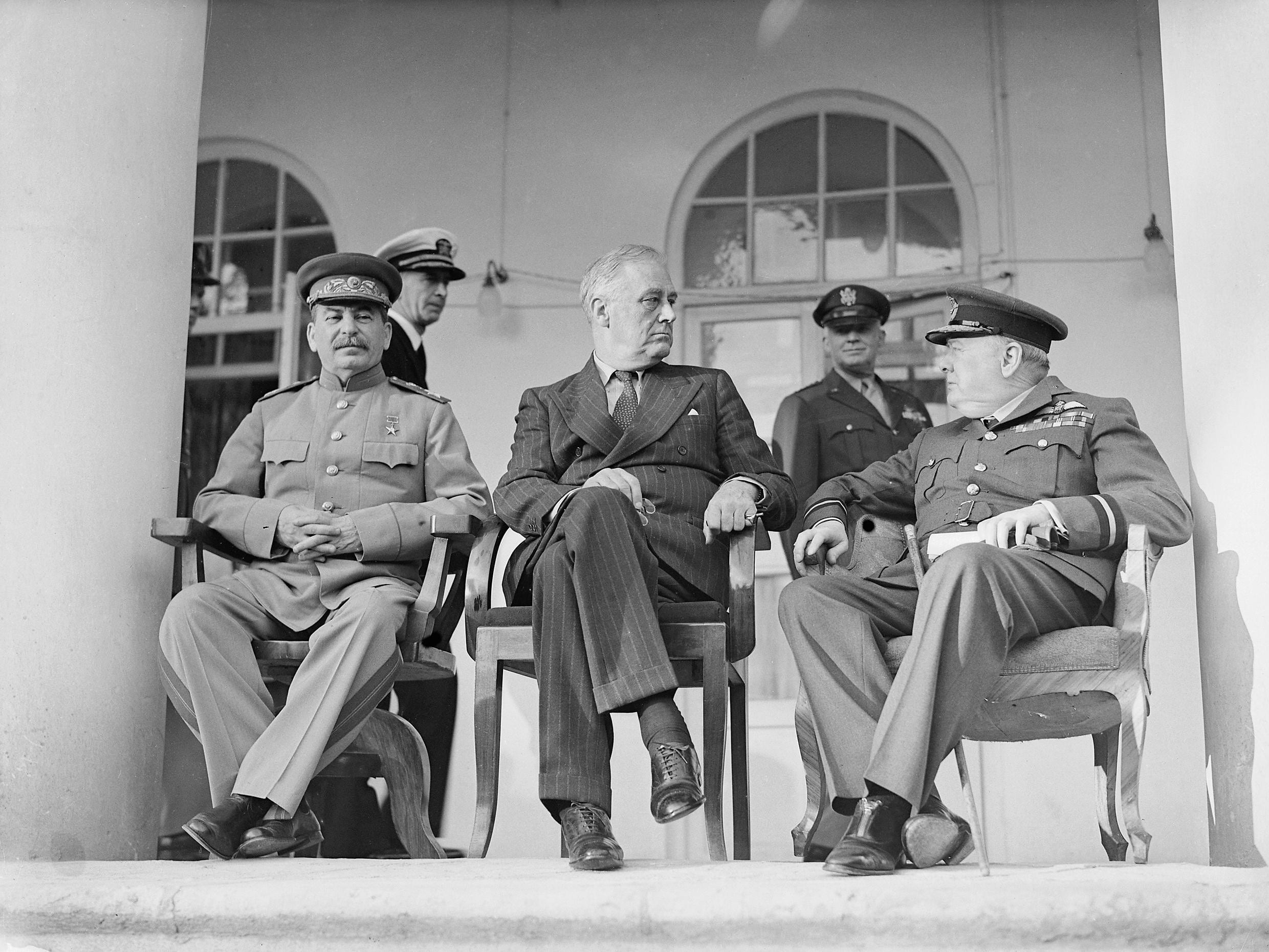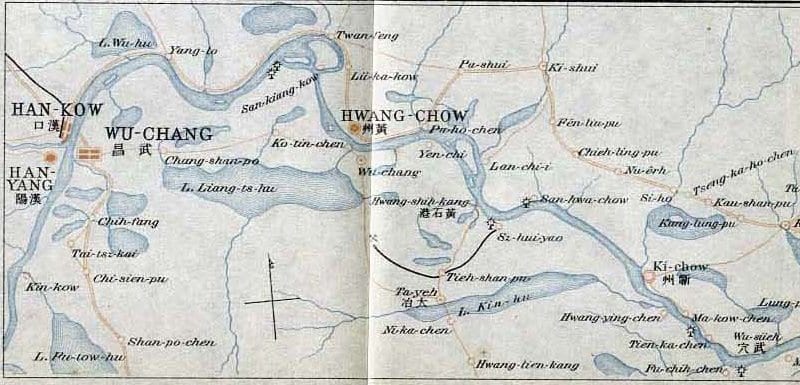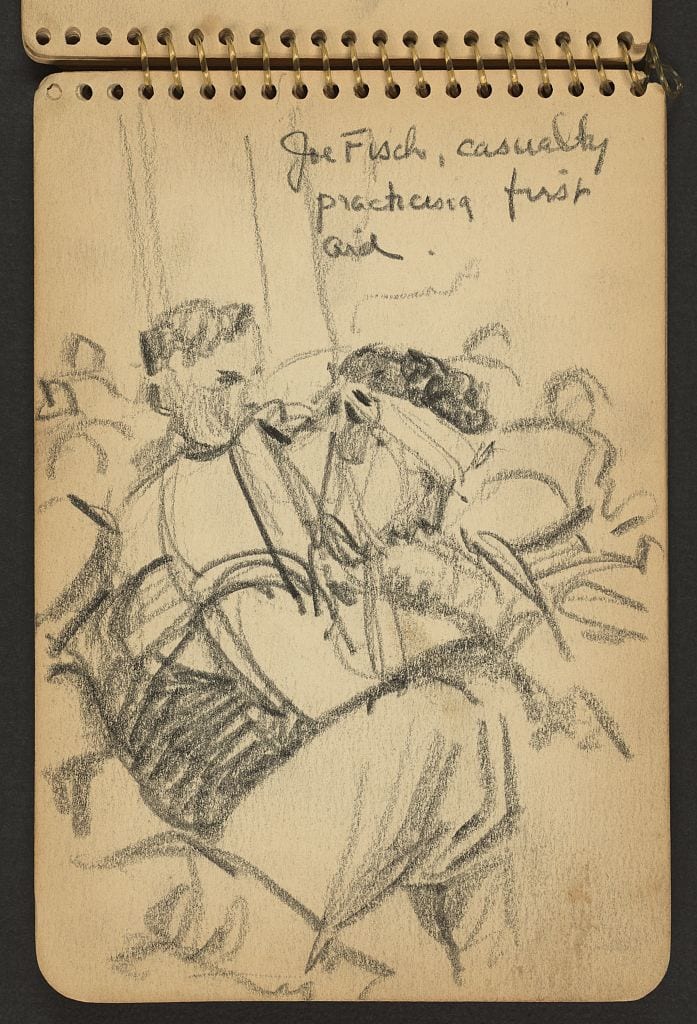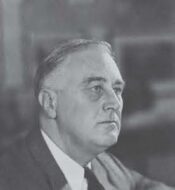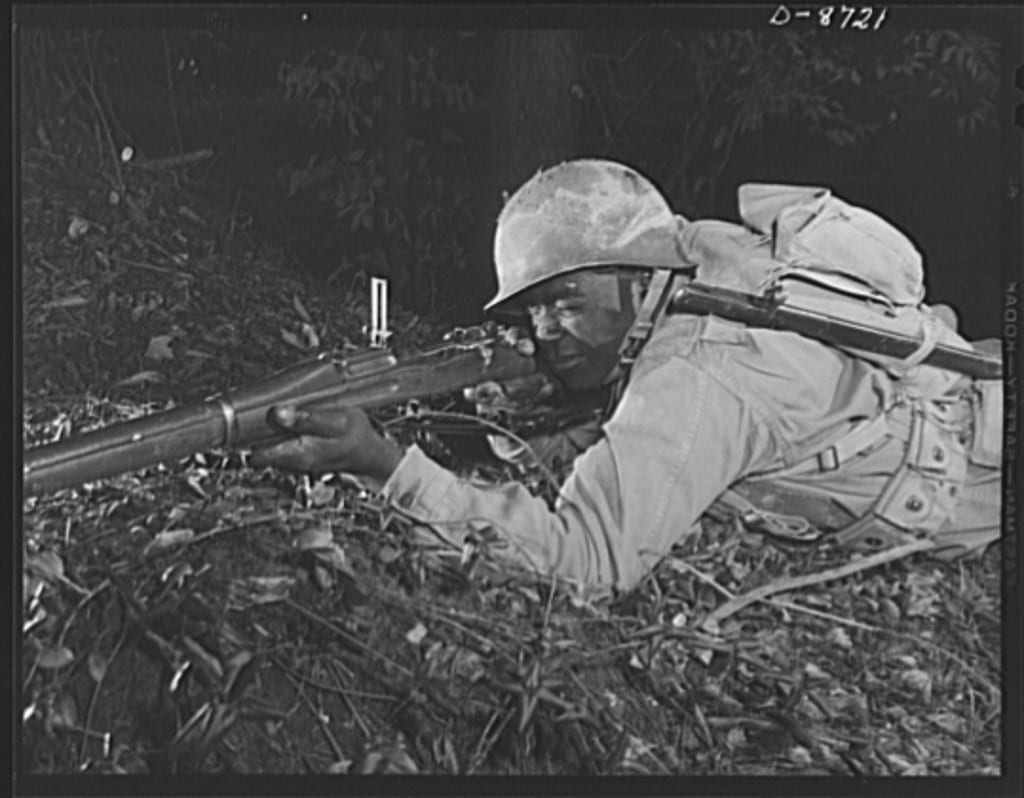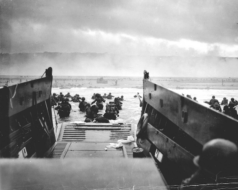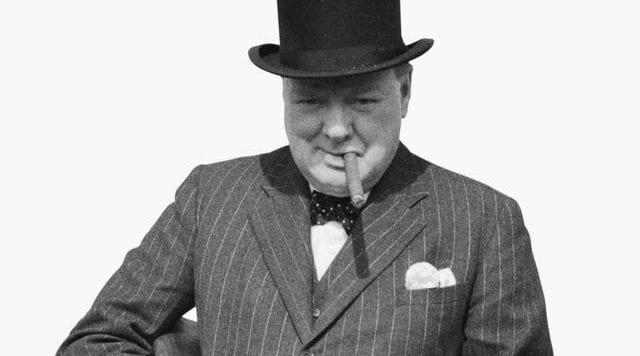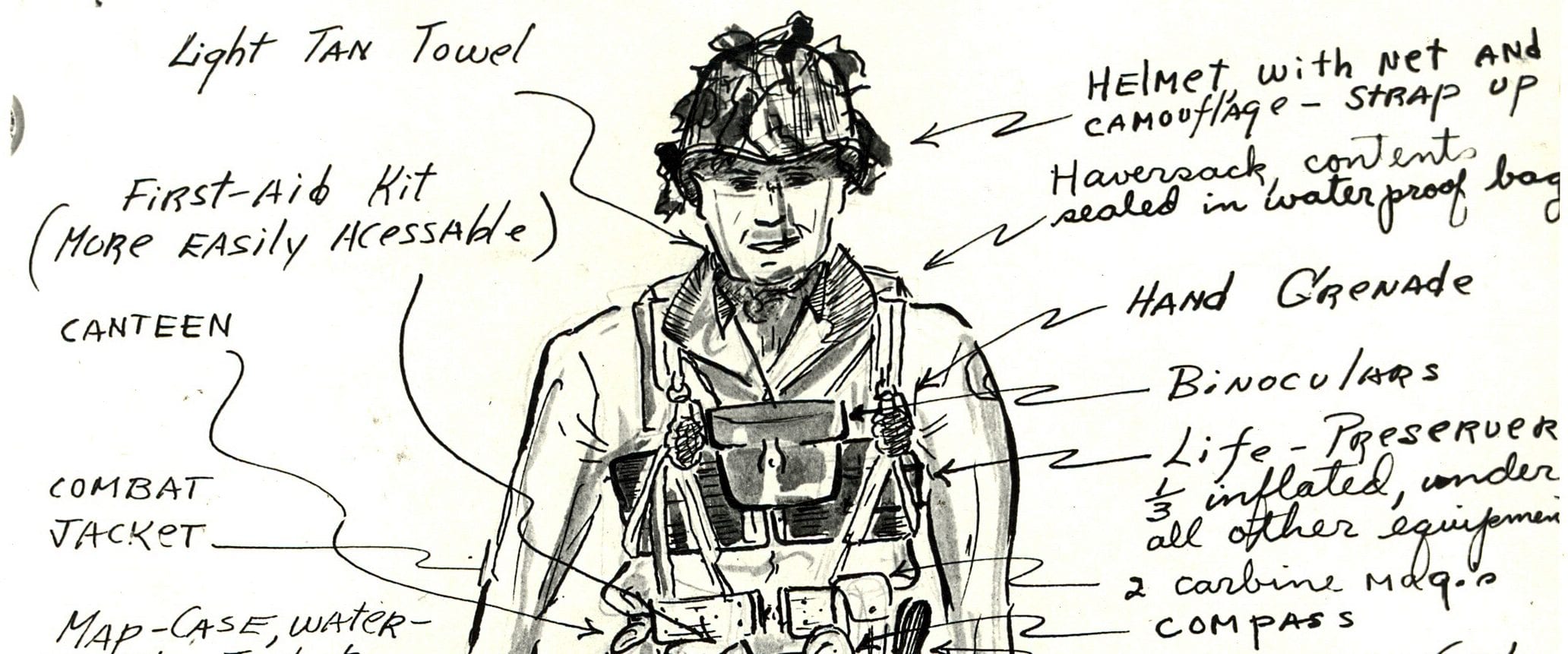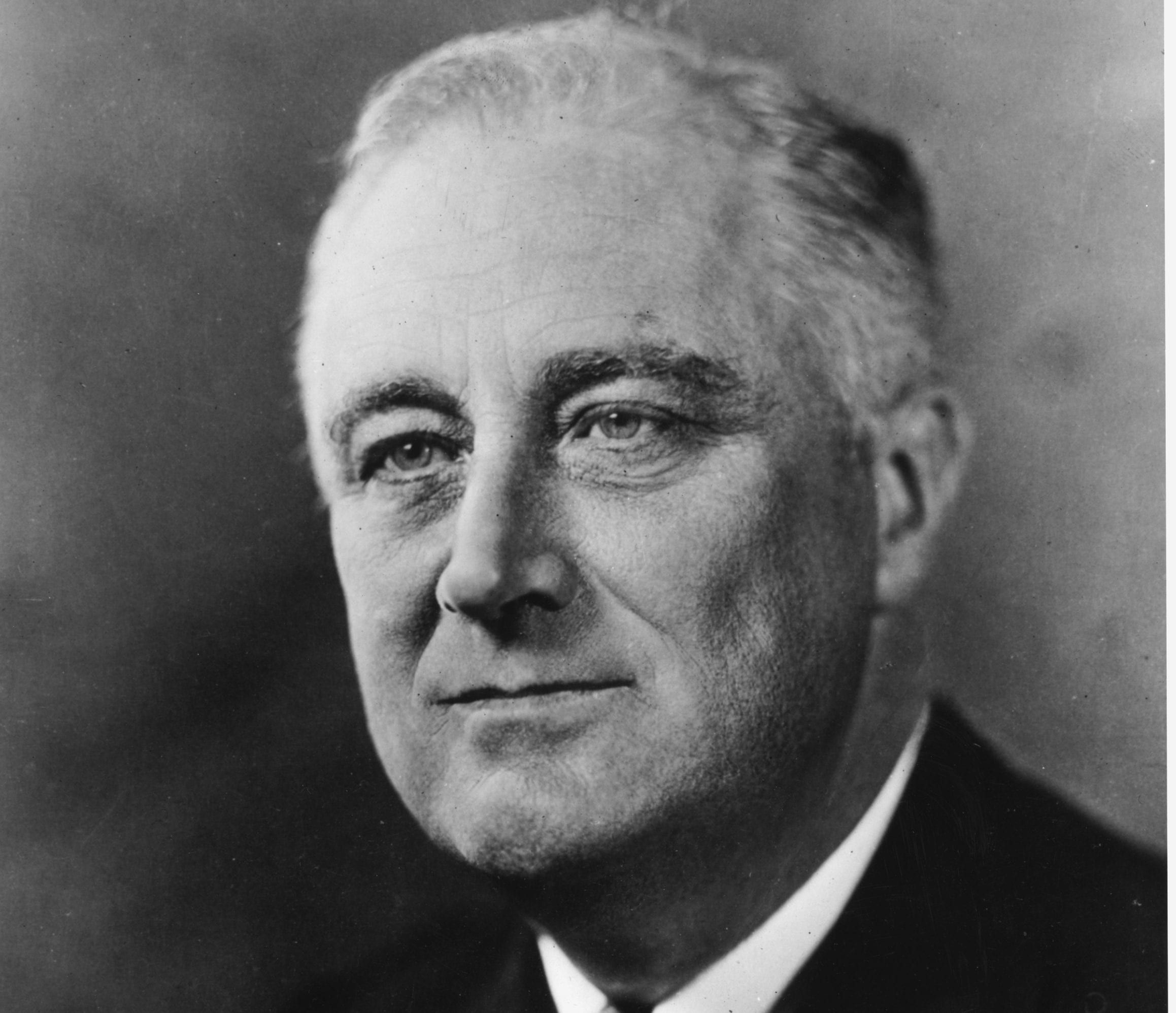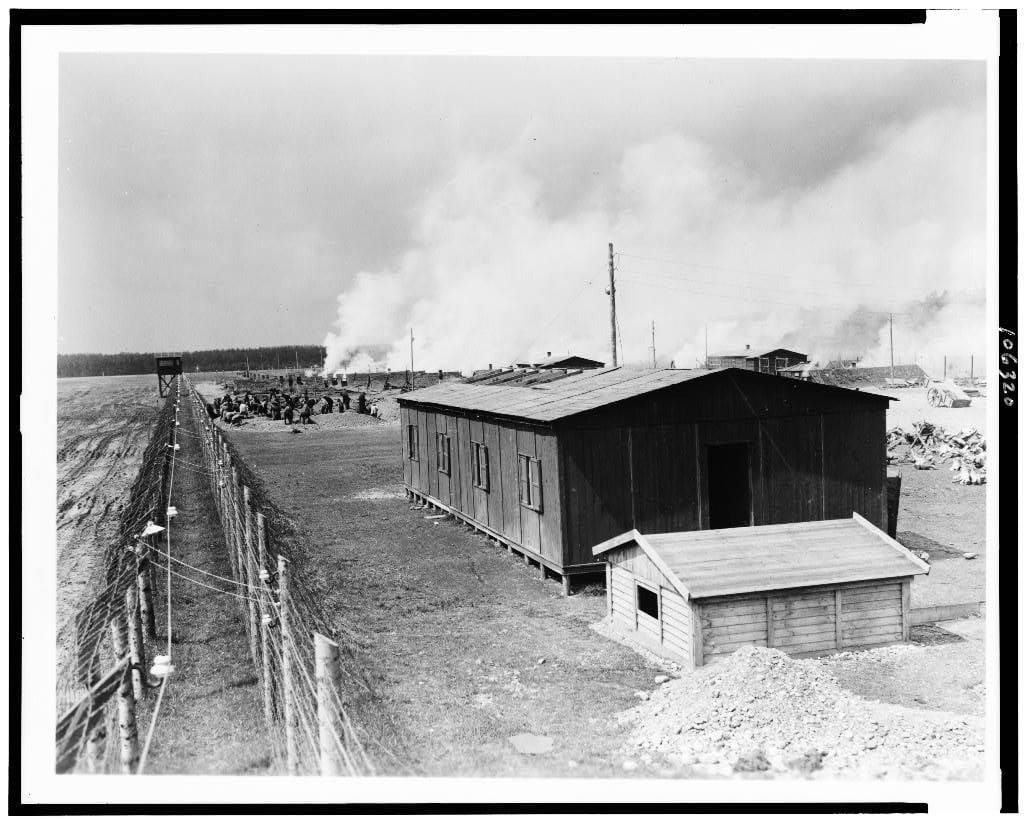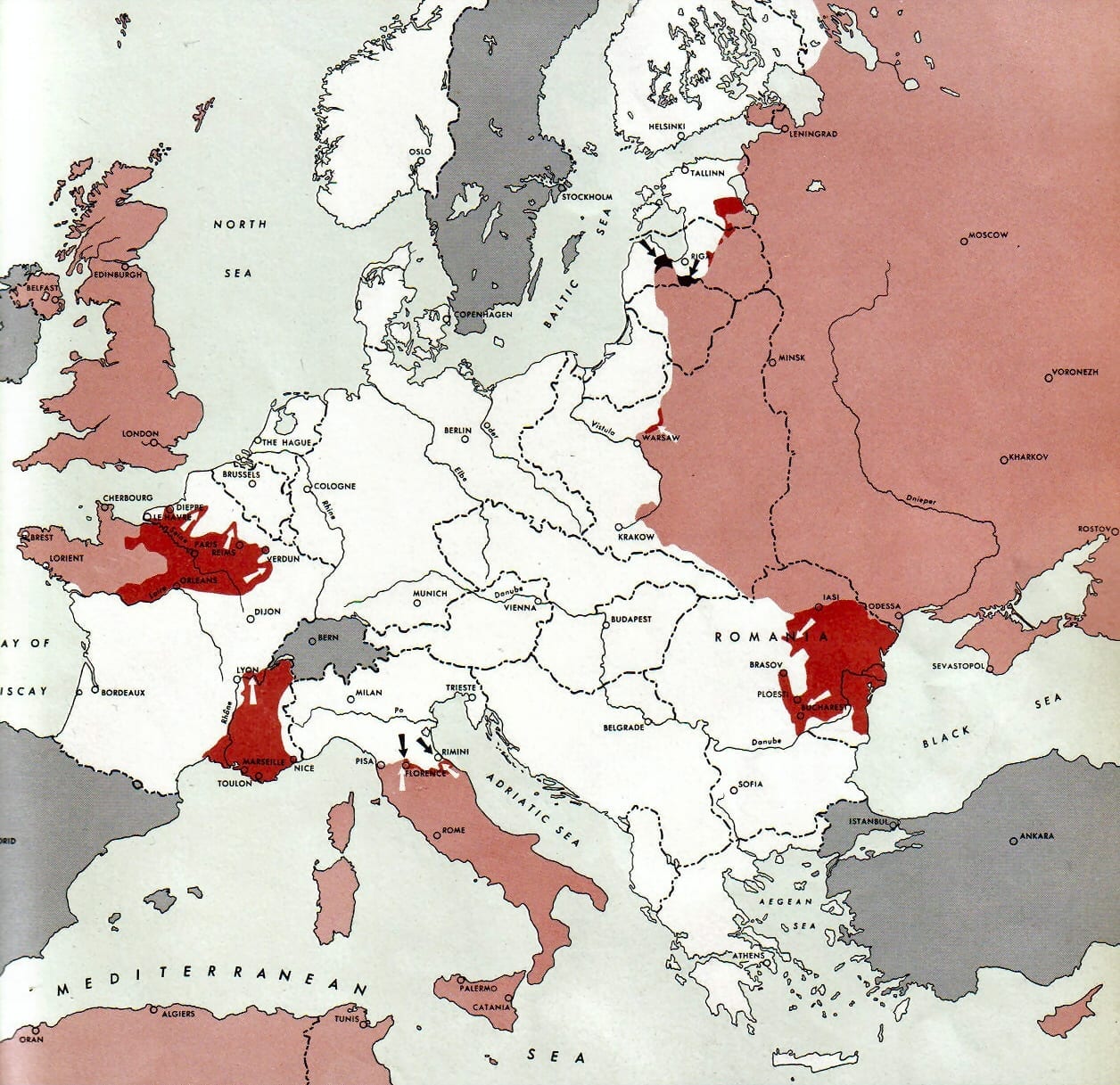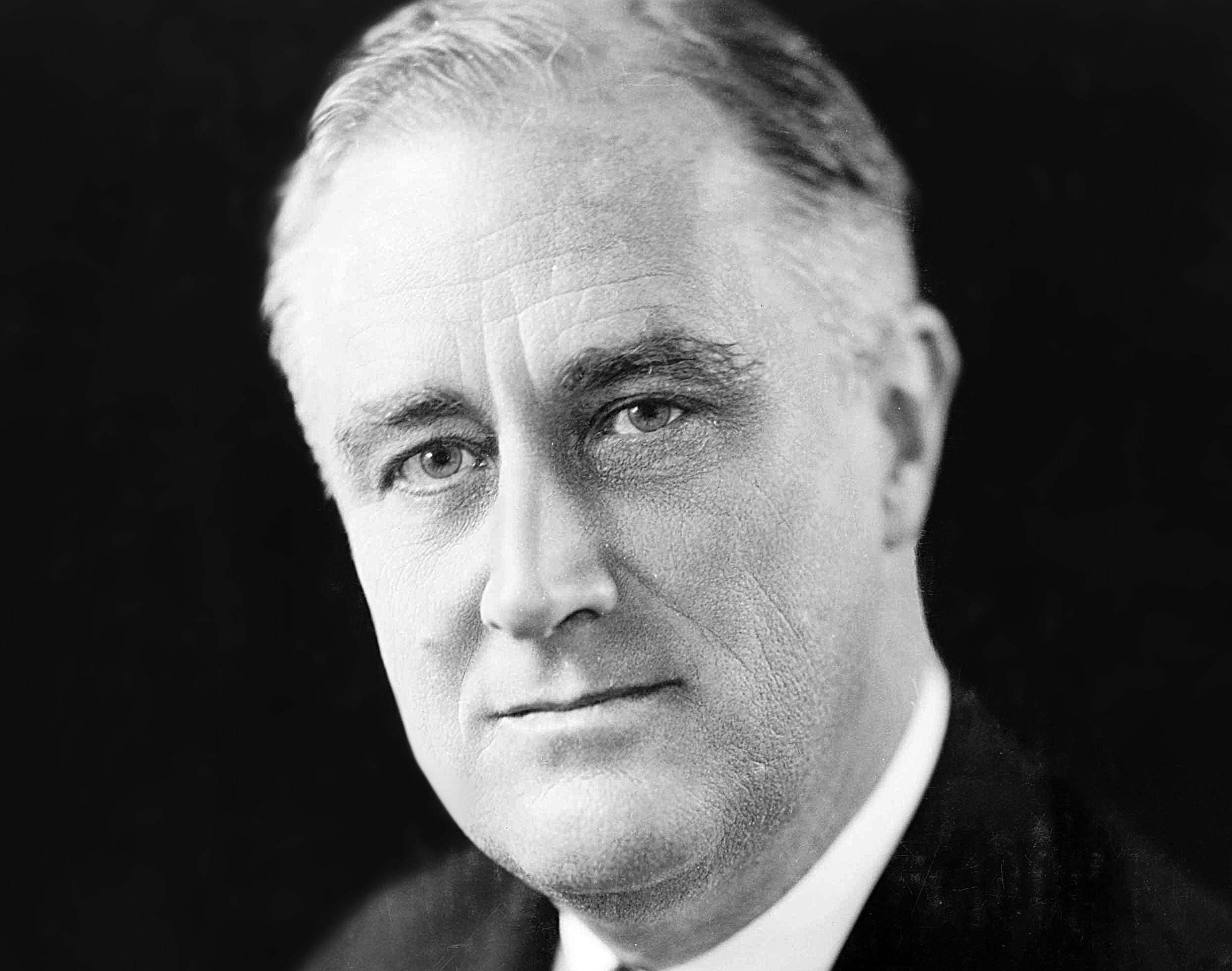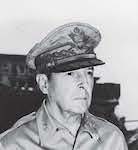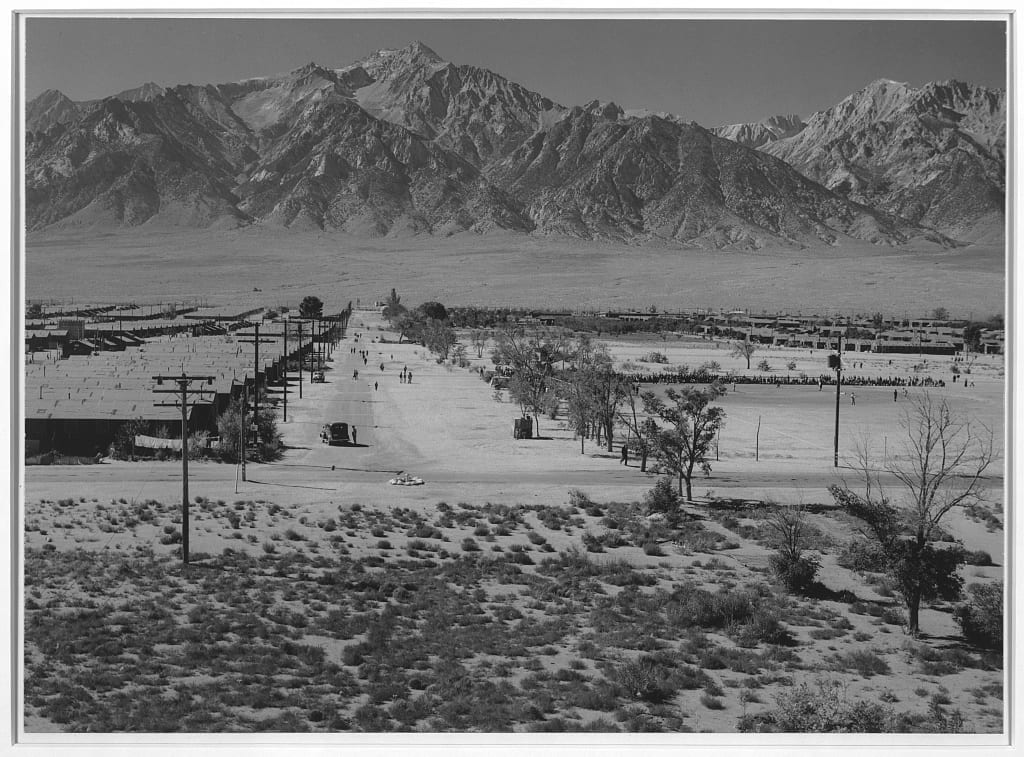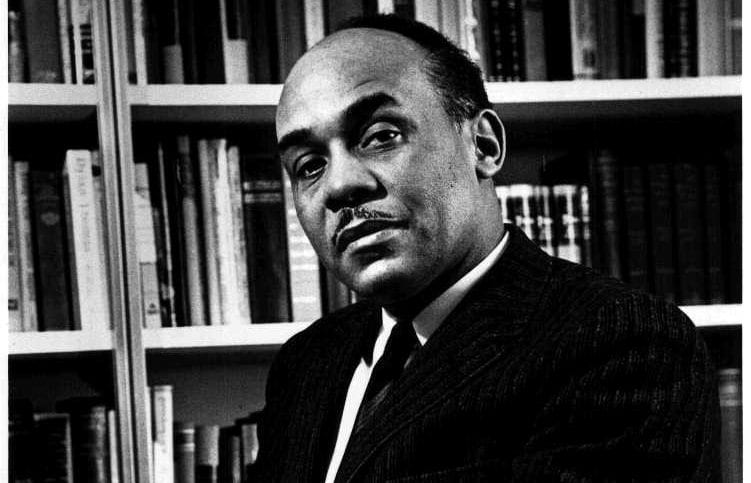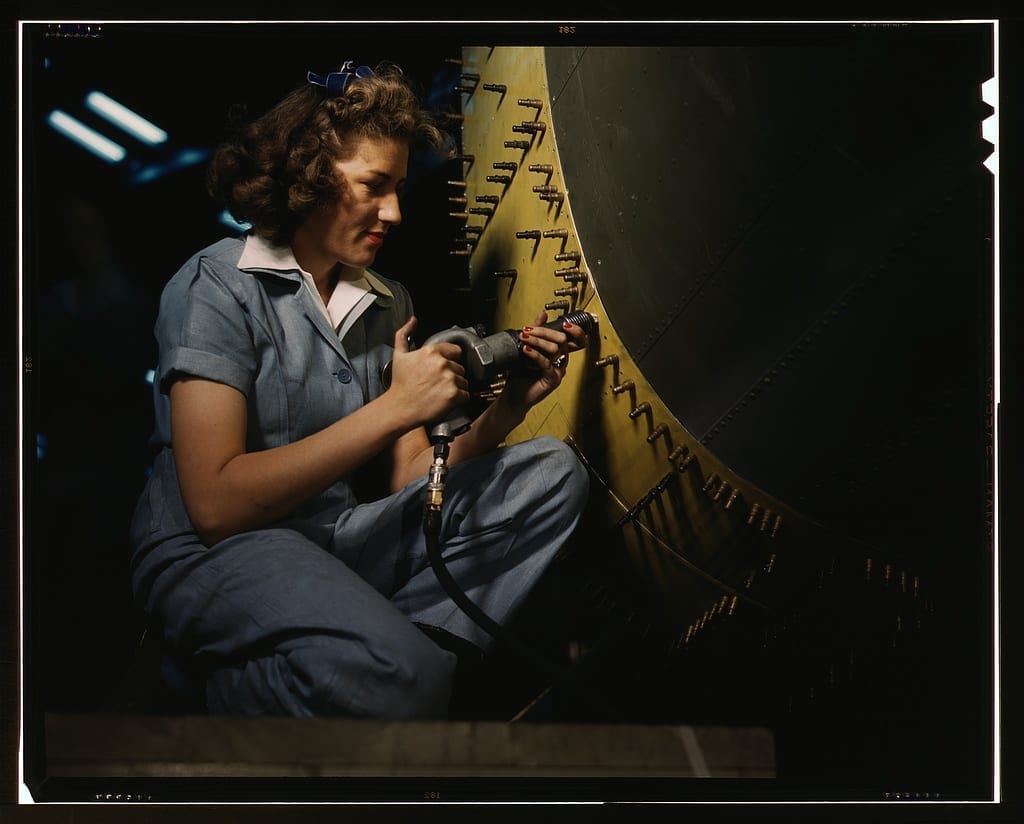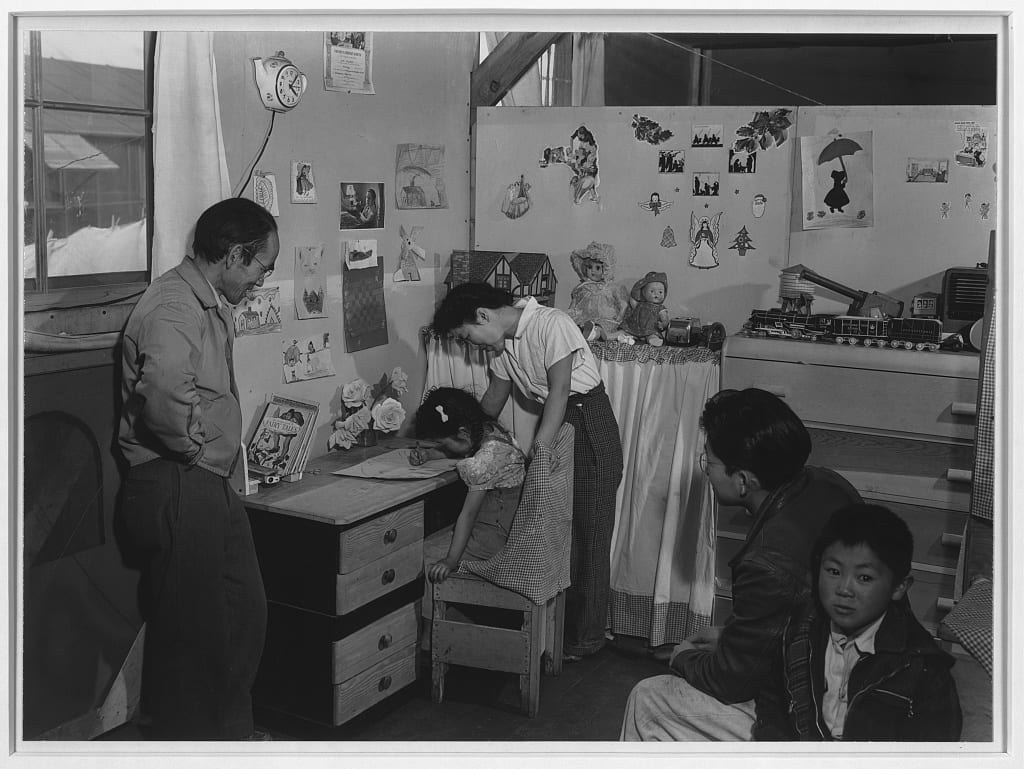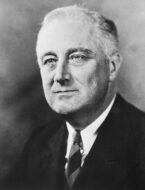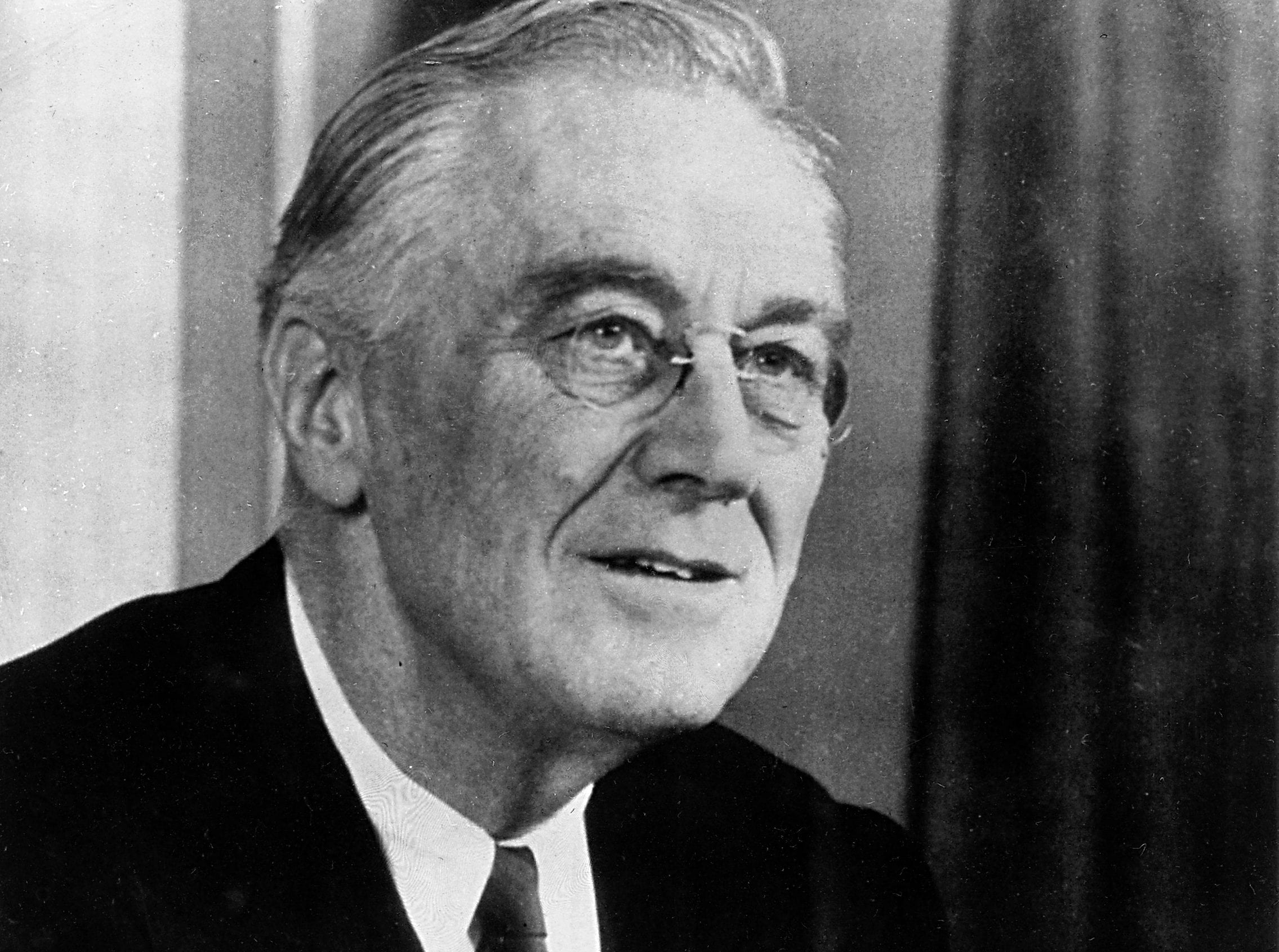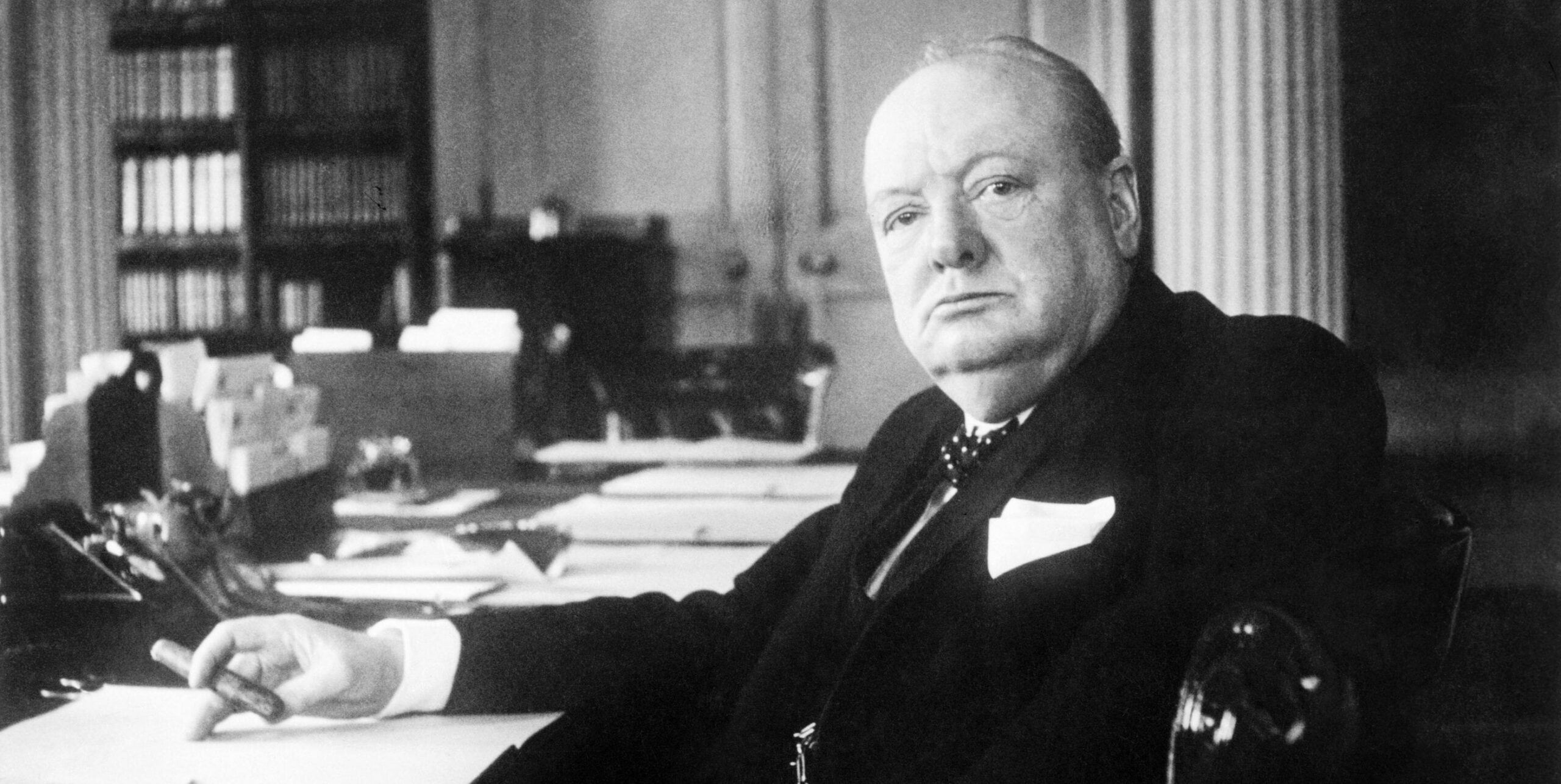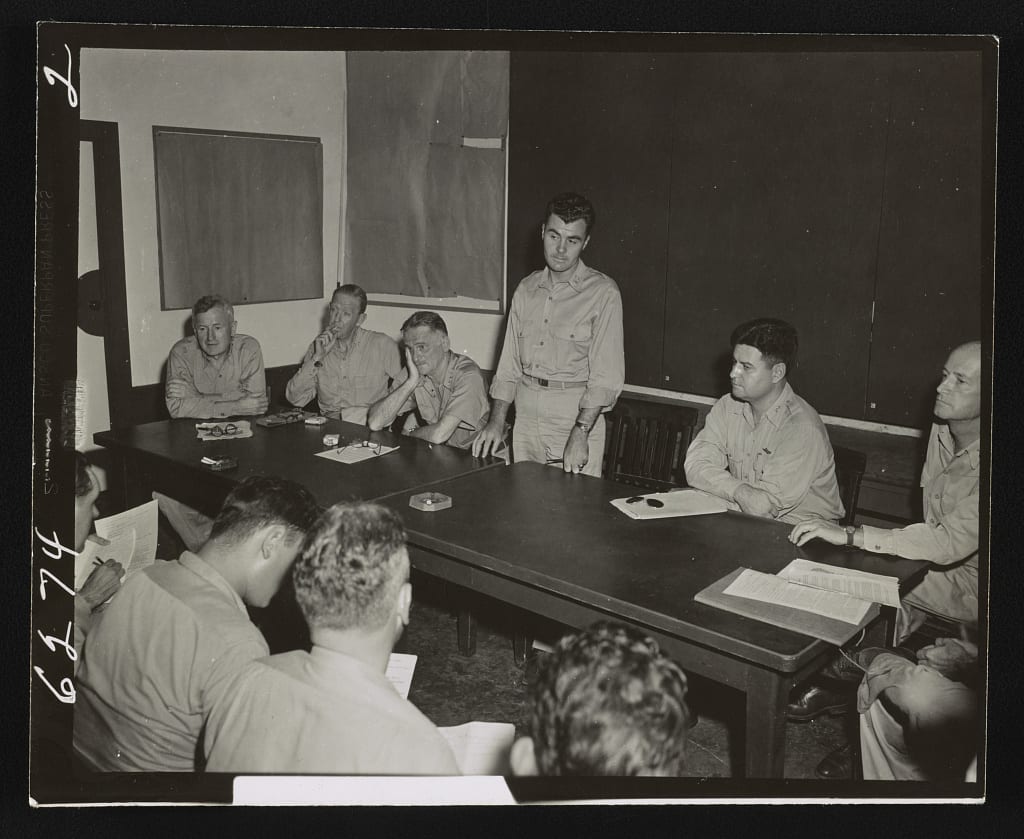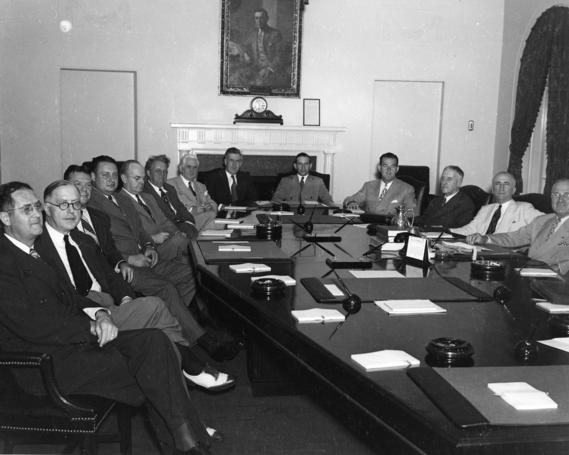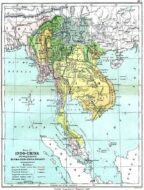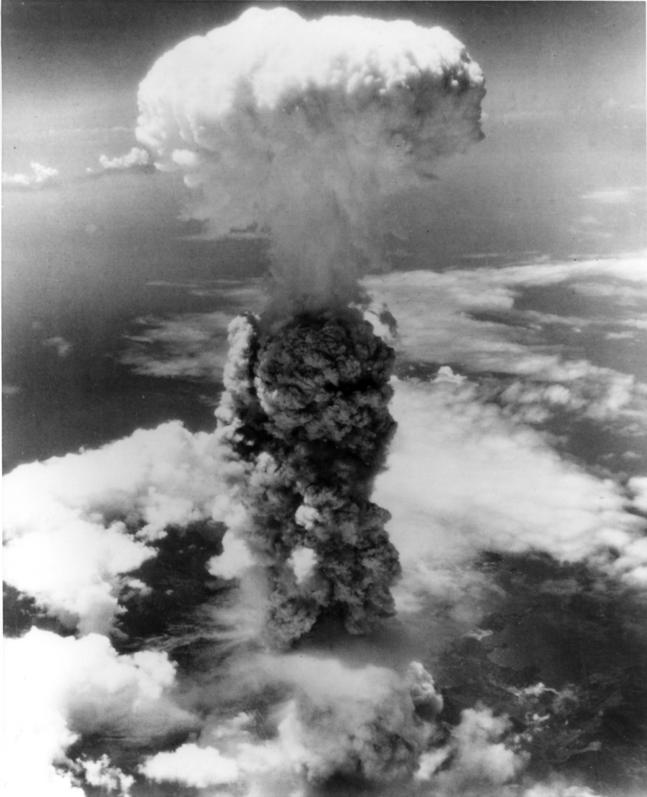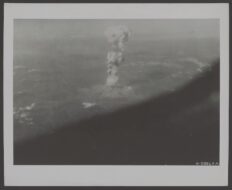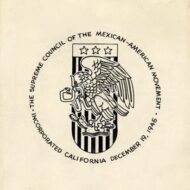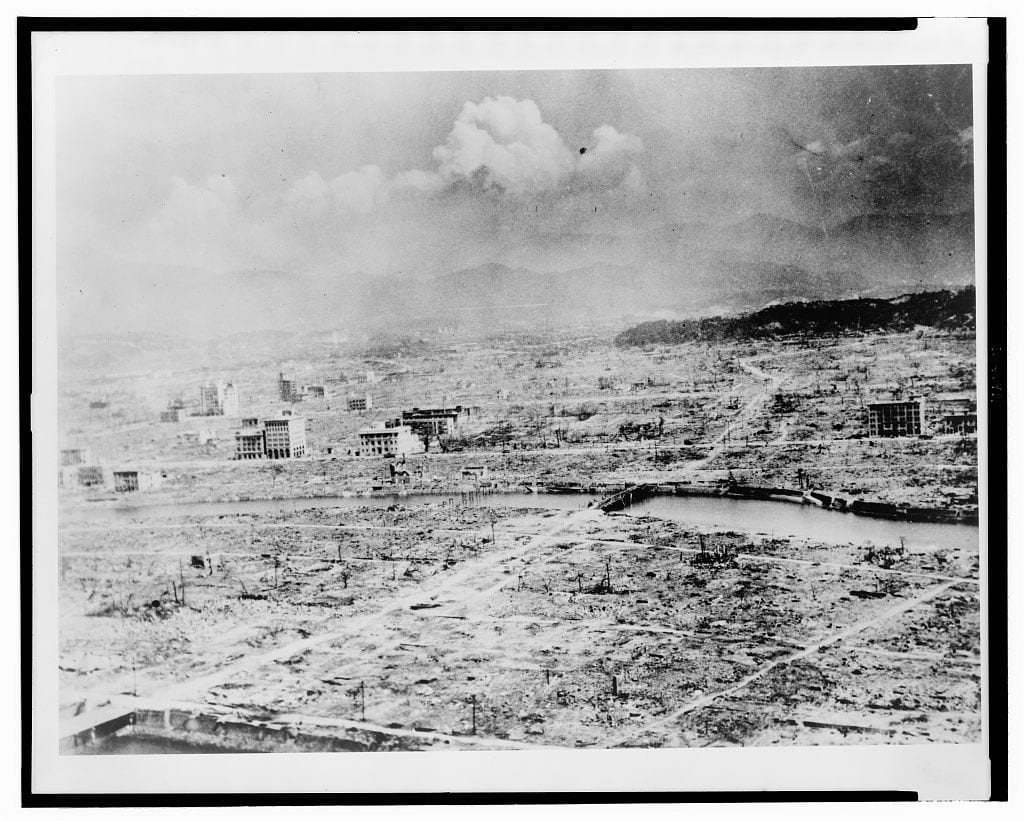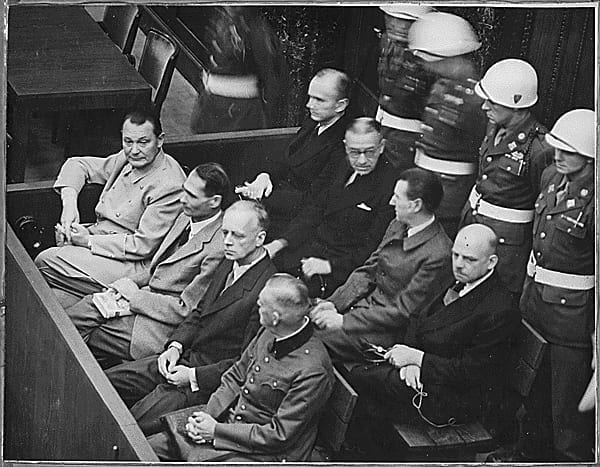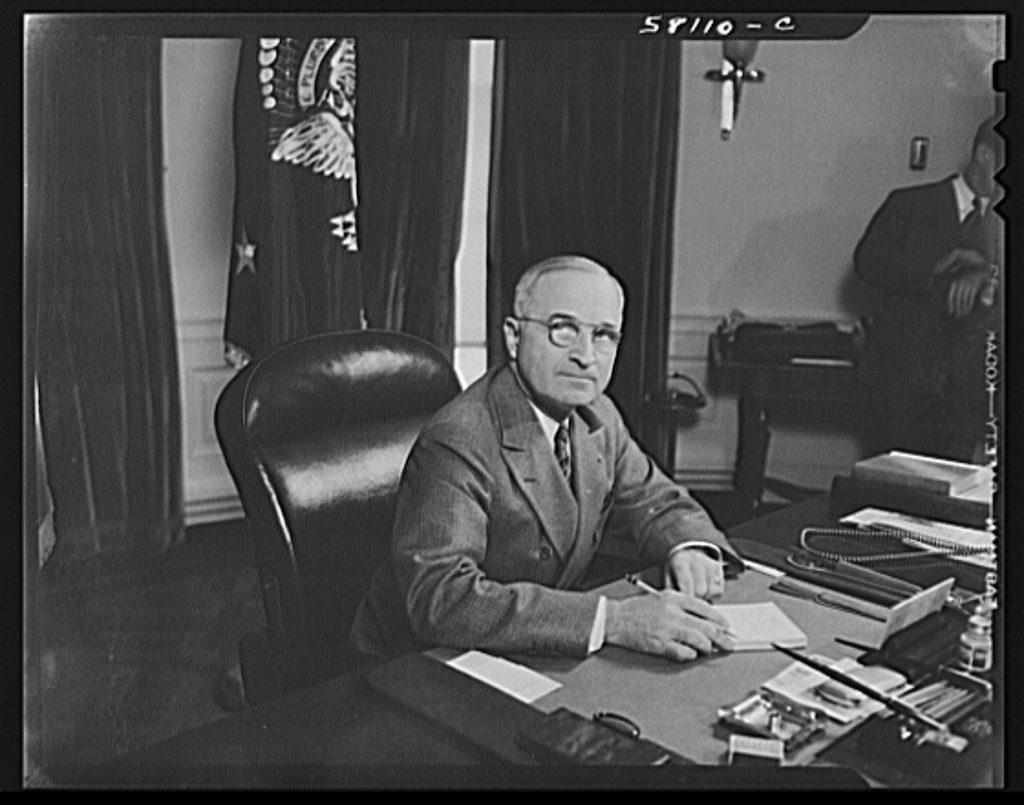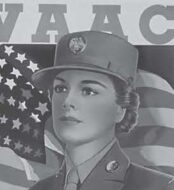
Introduction
In 1945 and 1946 the Allies jointly tried 22 Nazi leaders in the Nuremberg War Crimes Trial. Justice Robert H. Jackson took a leave of absence from the Supreme Court to serve as U.S. Chief of Counsel for the American delegation. The person most responsible for the Holocaust was already dead when the trials took place. Adolph Hitler had committed suicide just before Soviet troops entered Berlin in April 1945. Many other Nazi officials followed his lead or fled the country in secret to avoid prosecution. Jackson sent this report to President Harry S. Truman at the conclusion of the trials, which he judged a success. Tracking down and prosecuting Nazi war criminals, however, continued for decades after the war. The United States also convened war crimes trials throughout East Asia, trying 28 major Japanese leaders.
Source: Report of Robert H. Jackson, United States Representative to the International Conference on Military Trials (U. S. Department of State, Publication 3080, February 1949). https://goo.gl/nykaer.
October 7, 1946
THE PRESIDENT, The White House, Washington, D. C.
MY DEAR MR. PRESIDENT:
I have the honor to report as to the duties which you delegated to me on May 2, 1945 in connection with the prosecution of major Nazi war criminals.
The International Military Tribunal sitting at Nurnberg,1 Germany on 30 September and 1 October, 1946 rendered judgment in the first international criminal assizes in history. It found 19 of the 22 defendants guilty on one or more of the counts of the Indictment, and acquitted 3. It sentenced 12 to death by hanging, 3 to imprisonment for life, and the four others to terms of 10 to 20 years imprisonment. . . .
In preparation for the trial over 100,000 captured German documents were screened or examined and about 10,000 were selected for intensive examination as having probable evidentiary value. Of these, about 4,000 were translated into four languages and used, in whole or in part, in the trial as exhibits. Millions of feet of captured moving picture film were examined and over 100,000 feet brought to Nurnberg. Relevant sections were prepared and introduced as exhibits. Over 25,000 captured still photographs were brought to Nurnberg, together with Hitler’s personal photographer who took most of them. More than 1,800 were selected and prepared for use as exhibits. The Tribunal, in its judgment, states: “The case, therefore, against the defendants rests in large measure on documents of their own making, the authenticity of which has not been challenged except in one or two cases.” The English translations of most of the documents are now being published by the Departments of State and War in eight volumes and will be a valuable and permanent source for the war history. . . .
Although my personal undertaking is at an end, any report would be incomplete and misleading which failed to take account of the general war crimes work that remains undone and the heavy burden that falls to successors in this work. A very large number of Germans who have participated in the crimes remain unpunished. There are many industrialists, militarists, politicians, diplomats, and police officials whose guilt does not differ from those who have been convicted except that their parts were at lower levels and have been less conspicuous. . . .
The importance of the trial lies in the principles to which the Four Powers became committed by the Agreement, by their participation in the prosecution, and by the judgment rendered by the Tribunal. What has been accomplished may be summarized as follows:
- We negotiated and concluded an Agreement with the four dominant powers of the earth, signed at London on August 8, 1945, which for the first time made explicit and unambiguous what was theretofore, as the Tribunal has declared, implicit in International Law, namely, that to prepare, incite, or wage a war of aggression, or to conspire with others to do so, is a crime against international society, and that to persecute, oppress, or do violence to individuals or minorities on political, racial, or religious grounds in connection with such a war, or to exterminate, enslave, or deport civilian populations, is an international crime, and that for the commission of such crimes individuals are responsible. This agreement also won the adherence of nineteen additional nations and represents the combined judgments of the overwhelming majority of civilized people. It is a basic charter in the International Law of the future.
- We have also incorporated its principles into a judicial precedent. “The power of the precedent,” Mr. Justice Cardozo2 said, “is the power of the beaten path.” One of the chief obstacles to this trial was the lack of a beaten path. A judgment such as has been rendered shifts the power of the precedent to the support of these rules of law. No one can hereafter deny or fail to know that the principles on which the Nazi leaders are adjudged to forfeit their lives constitute law and law with a sanction.
- The Agreement devised a workable procedure for the trial of crimes which reconciled the basic conflicts in Anglo-American, French, and Soviet procedures. . . . It would be idle to pretend that we have not had moments of difference and vexation, but the steadfast purpose of all delegations that this first international trial should prove the possibility of successful international cooperation in use of the litigation process, always overcame transient irritations.
- In a world torn with hatreds and suspicions where passions are stirred by the “frantic boast and foolish word,” the Four Powers have given the example of submitting their grievances against these men to a dispassionate inquiry on legal evidence. . . . It is not too much to hope that this example of full and fair hearing, and tranquil and discriminating judgment will do something toward strengthening the processes of justice in many countries.
- We have documented from German sources the Nazi aggressions, persecutions, and atrocities with such authenticity and in such detail that there can be no responsible denial of these crimes in the future and no tradition of martyrdom of the Nazi leaders can arise among informed people. No history of this era can be entitled to authority which fails to take into account the record of Nurnberg. While an effort was made by Goering and others to portray themselves as “glowing patriots,” their admitted crimes of violence and meanness, of greed and graft, leave no ground for future admiration of their characters and their fate leaves no incentive to emulation of their examples.3
- It has been well said that this trial is the world’s first post mortem examination of a totalitarian regime. In this trial, the Nazis themselves with Machiavellian shamelessness exposed their methods of subverting people’s liberties and establishing their dictatorship. The record is a merciless exposé of the cruel and sordid methods by which a militant minority seized power, suppressed opposition, set up secret political police and concentration camps. They resorted to legal devices such as “protective custody,” which Goering frankly said meant the arrest of people not because they had committed any crime but because of acts it was suspected they might commit if left at liberty. They destroyed all judicial remedies for the citizen and all protections against terrorism. The record discloses the early symptoms of dictatorship and shows that it is only in its incipient stages that it can be brought under control. And the testimony records the German example that the destruction of opposition produces eventual deterioration in the government that does it. By progressive intolerance a dictatorship by its very nature becomes so arbitrary that it cannot tolerate opposition, even when it consists merely of the correction of misinformation or the communication to its highest officers of unwelcome intelligence. It was really the recoil of the Nazi blows at liberty that destroyed the Nazi regime. They struck down freedom of speech and press and other freedoms which pass as ordinary civil rights with us, so thoroughly that not even its highest officers dared to warn the people or the Fuehrer that they were taking the road to destruction. The Nurnberg trial has put that handwriting on the wall for the oppressor as well as the oppressed to read.
Of course, it would be extravagant to claim that agreements or trials of this character can make aggressive war or persecution of minorities impossible, just as it would be extravagant to claim that our federal laws make federal crime impossible. But we cannot doubt that they strengthen the bulwarks of peace and tolerance. The four nations through their prosecutors and through their representatives on the Tribunal, have enunciated standards of conduct which bring new hope to men of good will and from which future statesmen will not lightly depart. These standards by which the Germans have been condemned will become the condemnation of any nation that is faithless to them.
By the Agreement and this trial we have put International Law squarely on the side of peace as against aggressive warfare, and on the side of humanity as against persecution. In the present depressing world outlook it is possible that the Nurnberg trial may constitute the most important moral advance to grow out of this war. The trial and decision by which the four nations have forfeited the lives of some of the most powerful political and military leaders of Germany because they have violated fundamental International Law, does more than anything in our time to give to International Law what Woodrow Wilson described as “the kind of vitality it can only have if it is a real expression of our moral judgment.”4
I hereby resign my commission as your representative and Chief of Counsel for the United States. In its execution I have had the help of many able men and women, too many to mention individually, who have made personal sacrifice to carry on a work in which they earnestly believed. I also want to express deep personal appreciation for this opportunity to do what I believe to be a constructive work for the peace of the world and for the better protection of persecuted peoples. It was, perhaps, the greatest opportunity ever presented to an American lawyer. In pursuit of it many mistakes have been made and many inadequacies must be confessed. I am consoled by the fact that in proceedings of this novelty, errors and missteps may also be instructive to the future.
Respectfully submitted,
- 1. Nurnberg is the German name for Nuremberg.
- 2. Benjamin Cardozo was an Associate Justice of the Supreme Court from 1932 until his death in 1938.
- 3. Hermann Goering (1893–1946), founder of the Gestapo, the German secret political police, and highest-ranking Nazi official tried at Nuremberg.
- 4. In a speech on May 9, 1919 to the International Law Society in Paris.

Conversation-based seminars for collegial PD, one-day and multi-day seminars, graduate credit seminars (MA degree), online and in-person.
